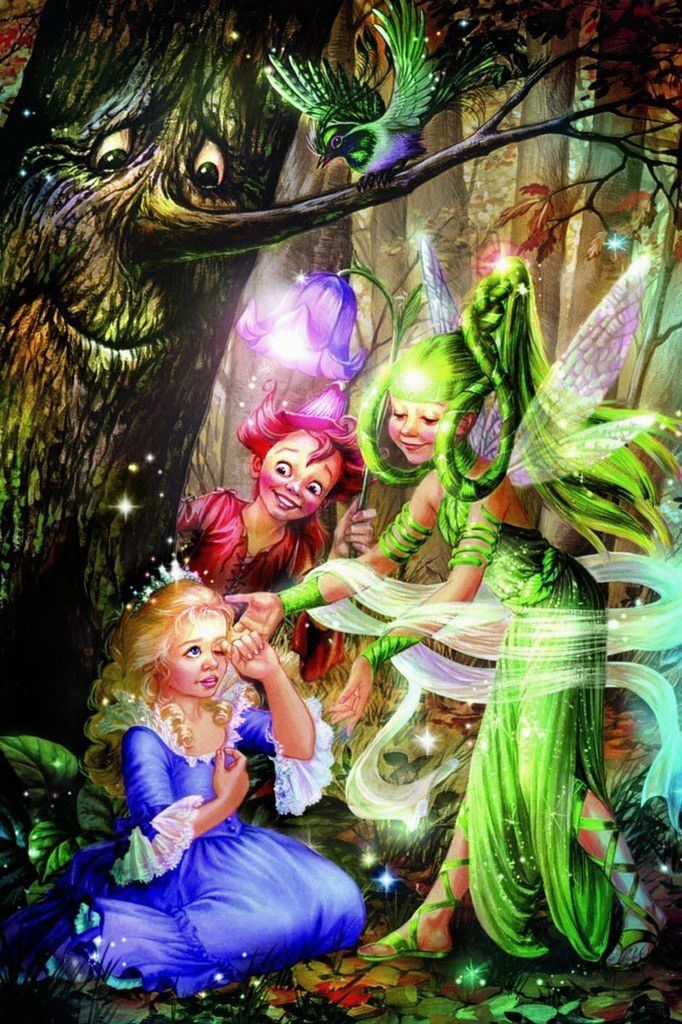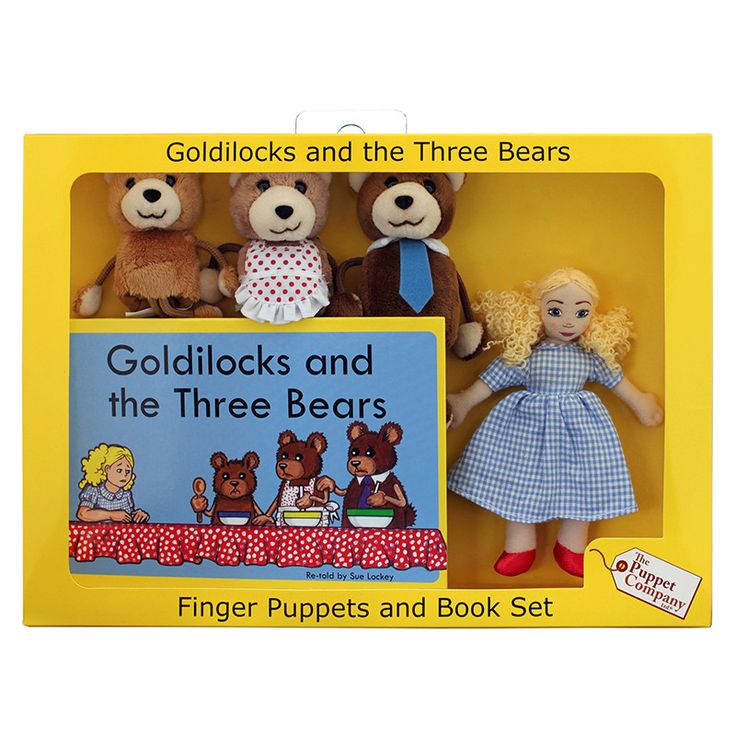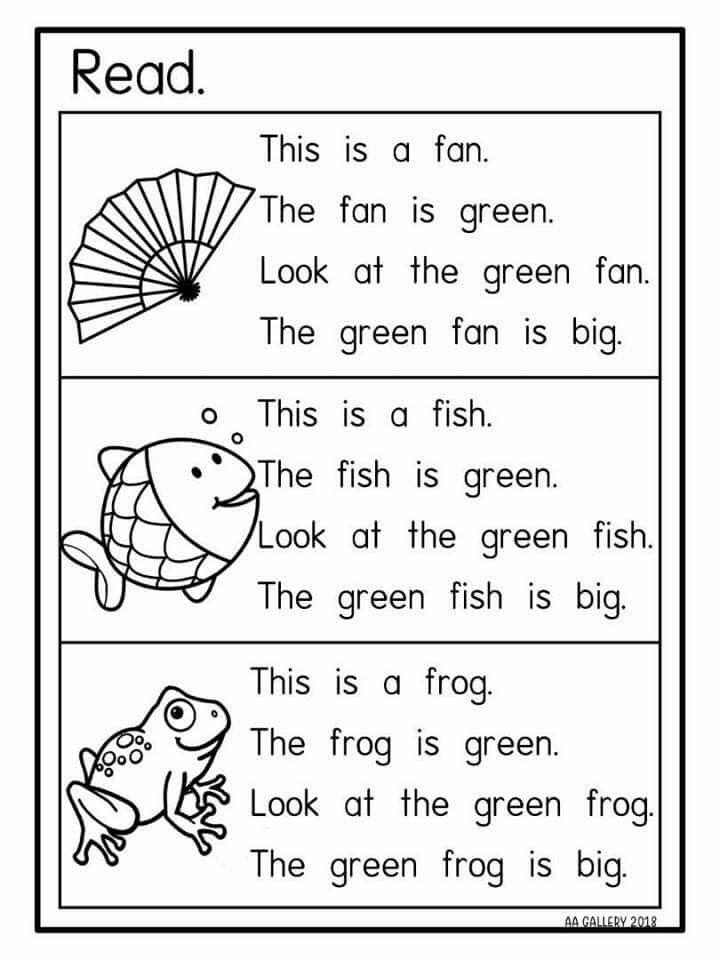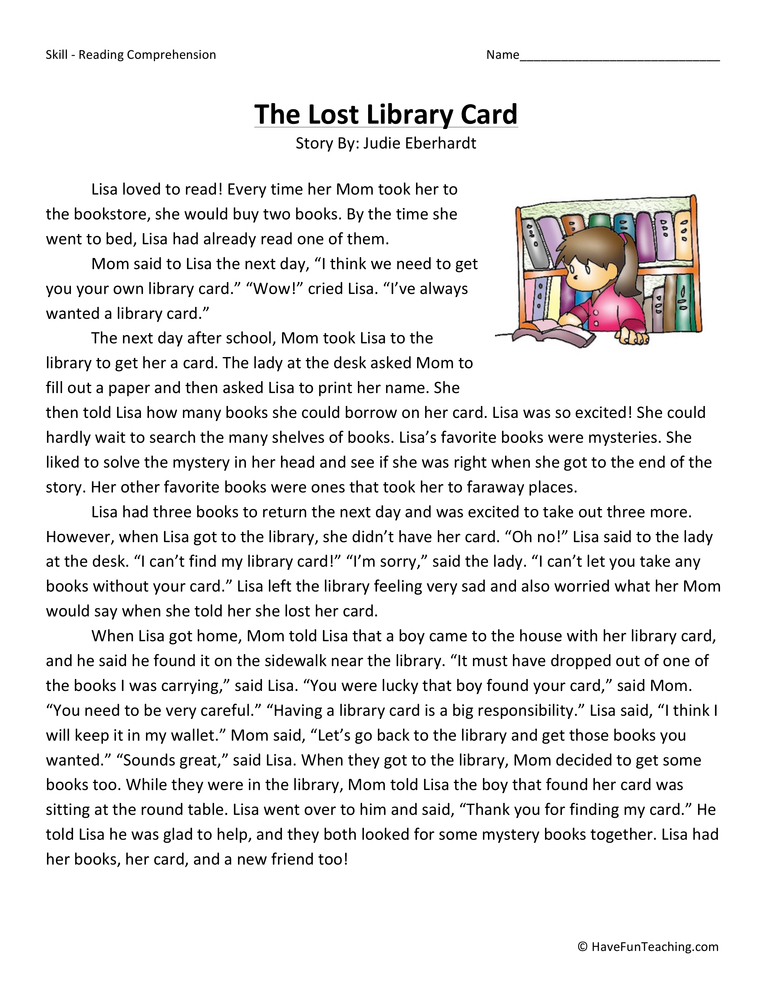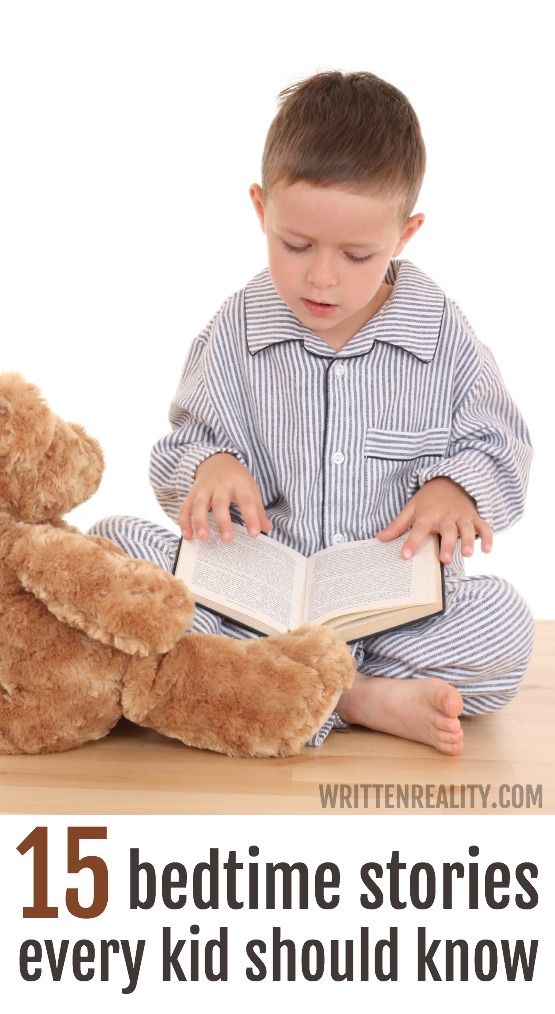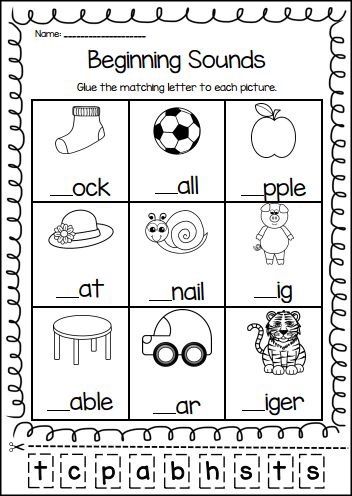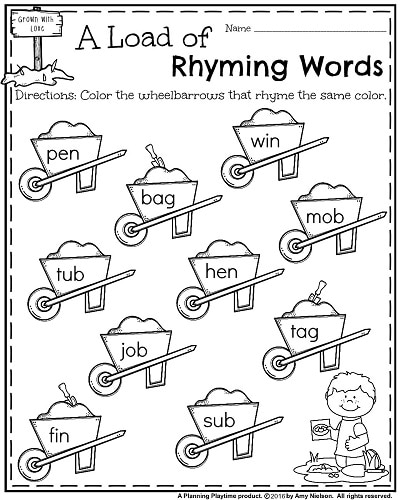Fairy for children
Fairy Facts for Kids
A fairy or færie (Old English spelling) is a supposed magical being that flies in the air. They are usually depicted as small girls or women. Some færies have certain jobs, such as the Tooth fairy, who gives money or treats under the pillow of small children who have had a tooth fall out. A fairy tale is a story with a plot involving fairies. These stories are usually for children. Fairies can also be found in folklore, for instance, in Ireland and Scotland, fairies are still held as creatures that were defeated by the human race thousands of years ago and now live in caverns in the world of faerie. These mystical creatures are believed to be made after a kind of angel. Fairies come up in many fictional books such as "Peter Pan" and " The Spiderwick Chronicles".
Contents
- Etymology
- Description
- Characteristics
- Classifications
- Changelings
- Protective charms
- In art
- Images for kids
Etymology
According to Thomas Keightley, the word "fairy" derives from the Latin fata, and is from the Old French form faerie, describing "enchantment". Other forms are the Italian fata, and the Provençal "fada". In old French romance, "fee" was a woman skilled in magic, and who knew the power and virtue of words, of stones, and of herbs.
Faie became Modern English fay. Faierie became fairy, but with that spelling now almost exclusively referring to one of the legendary people, with the same meaning as fay. The word "fairy" was used to represent an illusion, or enchantment; the land of the Faes; collectively the inhabitants thereof; or an individual such as a fairy knight.
Description
1896 illustration of a fairy from Ernest Vincent Wright's The Wonderful Fairies of the Sun
Fairies are generally described as human in appearance and having magical powers. Diminutive fairies of one kind or another have been recorded for centuries, but occur alongside the human-sized beings; these have been depicted as ranging in size from very tiny up to the size of a human child.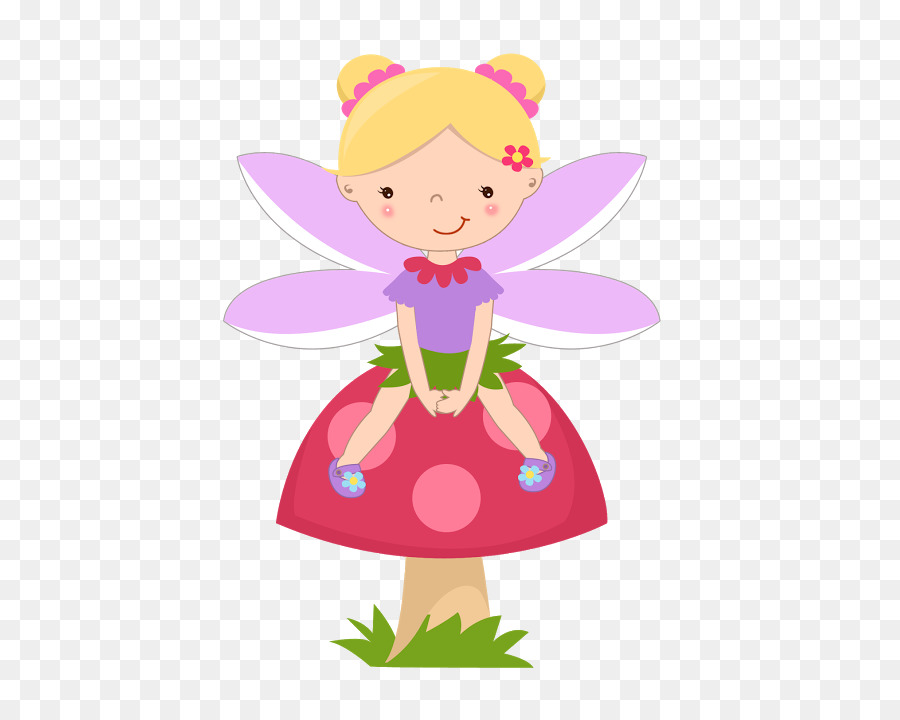 Even with these small fairies, however, their small size may be magically assumed rather than constant. Some fairies though normally quite small were able to dilate their figures to imitate humans. On Orkney they were described as short in stature, dressed in dark grey, and sometimes seen in armour.
Even with these small fairies, however, their small size may be magically assumed rather than constant. Some fairies though normally quite small were able to dilate their figures to imitate humans. On Orkney they were described as short in stature, dressed in dark grey, and sometimes seen in armour.
Wings, while common in Victorian and later artwork of fairies, are very rare in the folklore; even very small fairies flew with magic, sometimes flying on ragwort stems or the backs of birds. Nowadays, fairies are often depicted with ordinary insect wings or butterfly wings. In some folklore, fairies have green eyes. Some depictions of fairies either have them wearing some sort of footwear and other depictions of fairies are always barefoot.
Characteristics
Much of the folklore about fairies revolves around protection from their malice, by such means as cold iron or charms of rowan and herbs, or avoiding offense by shunning locations known to be theirs. Some pranks ascribed to them, such as tangling the hair of sleepers into "Elf-locks", stealing small items or leading a traveler astray, are generally harmless.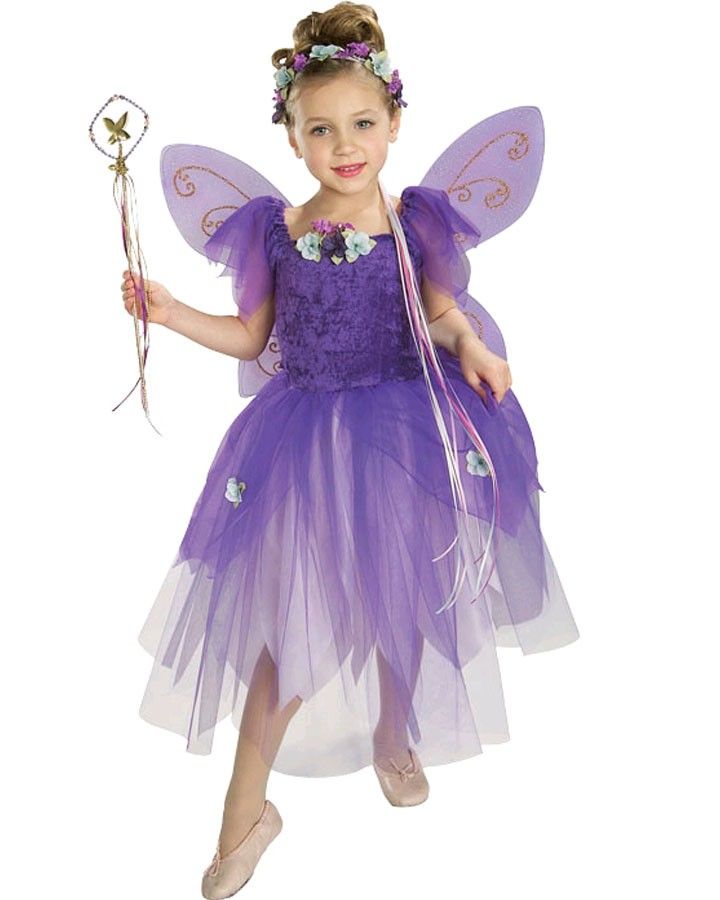 But far more dangerous behaviors were also attributed to fairies. Any form of sudden death might stem from a fairy kidnapping, with the apparent corpse being a wooden stand-in with the appearance of the kidnapped person. Consumption (tuberculosis) was sometimes blamed on the fairies forcing young men and women to dance at revels every night, causing them to waste away from lack of rest. Rowan trees are considered sacred to the fairies.
But far more dangerous behaviors were also attributed to fairies. Any form of sudden death might stem from a fairy kidnapping, with the apparent corpse being a wooden stand-in with the appearance of the kidnapped person. Consumption (tuberculosis) was sometimes blamed on the fairies forcing young men and women to dance at revels every night, causing them to waste away from lack of rest. Rowan trees are considered sacred to the fairies.
Classic representation of a small fairy with butterfly wings commonly used in modern times. Luis Ricardo Falero, 1888.
Classifications
In Scottish folklore, fairies are divided into the Seelie Court, the more beneficently inclined (but still dangerous) fairies, and the Unseelie Court, the malicious fairies. While the fairies from the Seelie court enjoyed playing pranks on humans they were usually harmless affairs, compared to the Unseelie court that enjoyed bringing harm to humans as entertainment.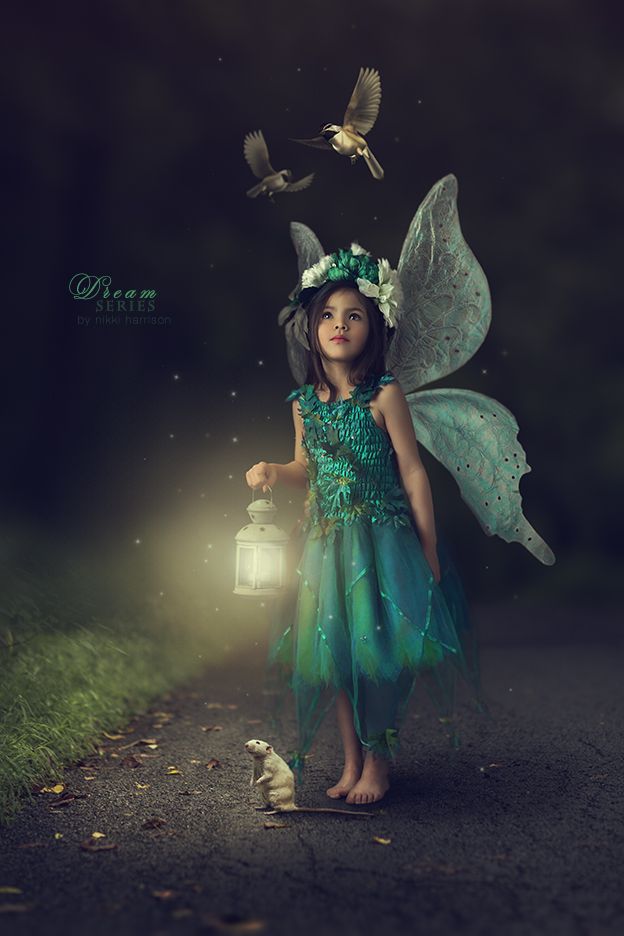
Trooping fairies refer to fairies who appear in groups and might form settlements. In this definition, fairy is usually understood in a wider sense, as the term can also include various kinds of mythical creatures mainly of Celtic origin; however, the term might also be used for similar beings such as dwarves or elves from Germanic folklore. These are opposed to solitary fairies, who do not live or associate with others of their kind.
Changelings
Main page: Changeling
A considerable amount of lore about fairies revolves around changelings, fairy children left in the place of stolen human babies. In particular, folklore describes how to prevent the fairies from stealing babies and substituting changelings, and abducting older people as well. The theme of the swapped child is common in medieval literature and reflects concern over infants thought to be afflicted with unexplained diseases, disorders, or developmental disabilities. In pre-industrial Europe, a peasant family's subsistence frequently depended upon the productive labor of each member, and a person who was a permanent drain on the family's scarce resources could pose a threat to the survival of the entire family.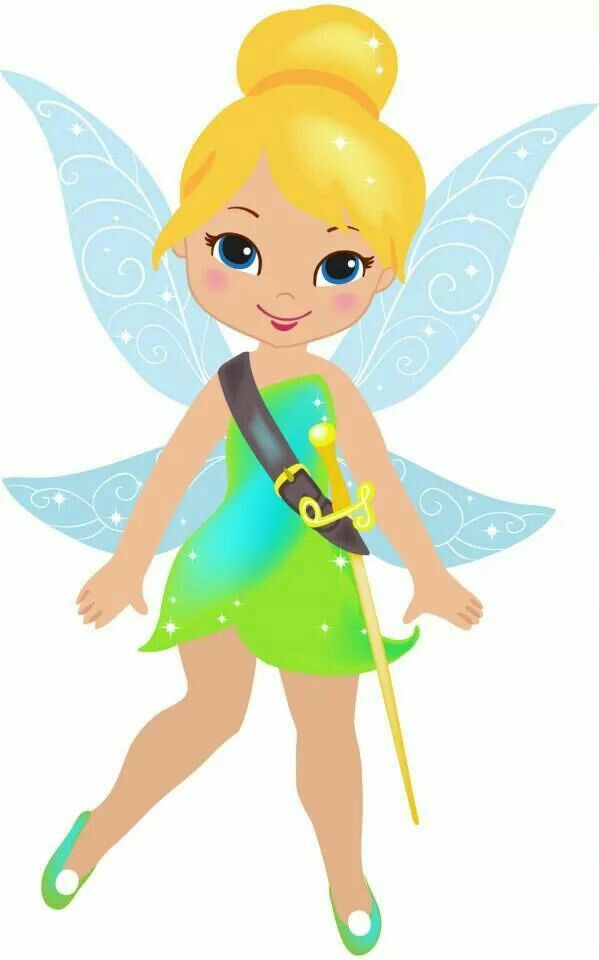
Protective charms
In terms of protective charms, wearing clothing inside out, church bells, St. John's wort, and four-leaf clovers are regarded as effective. In Newfoundland folklore, the most popular type of fairy protection is bread, varying from stale bread to hard tack or a slice of fresh home-made bread. Bread is associated with the home and the hearth, as well as with industry and the taming of nature, and as such, seems to be disliked by some types of fairies. On the other hand, in much of the Celtic folklore, baked goods are a traditional offering to the folk, as are cream and butter. “The prototype of food, and therefore a symbol of life, bread was one of the commonest protections against fairies. Before going out into a fairy-haunted place, it was customary to put a piece of dry bread in one’s pocket.” In County Wexford, Ireland, in 1882, it was reported that “if an infant is carried out after dark a piece of bread is wrapped in its bib or dress, and this protects it from any witchcraft or evil.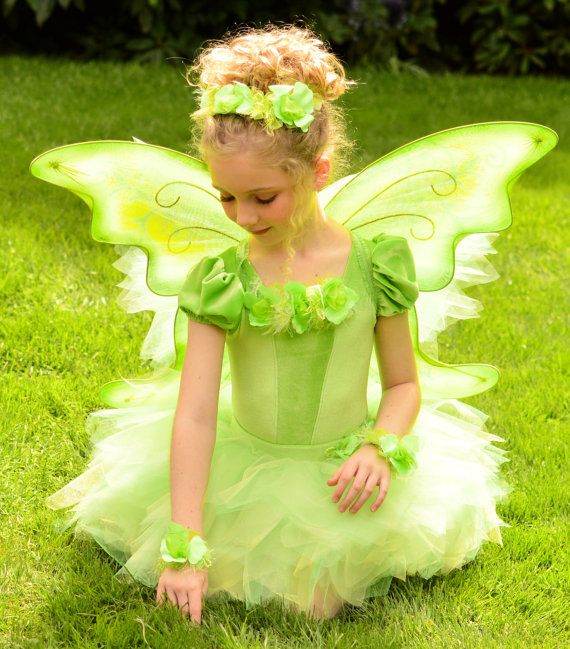 ”
”
Bells also have an ambiguous role; while they protect against fairies, the fairies riding on horseback — such as the fairy queen — often have bells on their harness. This may be a distinguishing trait between the Seelie Court from the Unseelie Court, such that fairies use them to protect themselves from more wicked members of their race. Another ambiguous piece of folklore revolves about poultry: a cock's crow drove away fairies, but other tales recount fairies keeping poultry.
While many fairies will confuse travelers on the path, the will o' the wisp can be avoided by not following it. Certain locations, known to be haunts of fairies, are to be avoided; C. S. Lewis reported hearing of a cottage more feared for its reported fairies than its reported ghost. In particular, digging in fairy hills was unwise. Paths that the fairies travel are also wise to avoid. Home-owners have knocked corners from houses because the corner blocked the fairy path, and cottages have been built with the front and back doors in line, so that the owners could, in need, leave them both open and let the fairies troop through all night.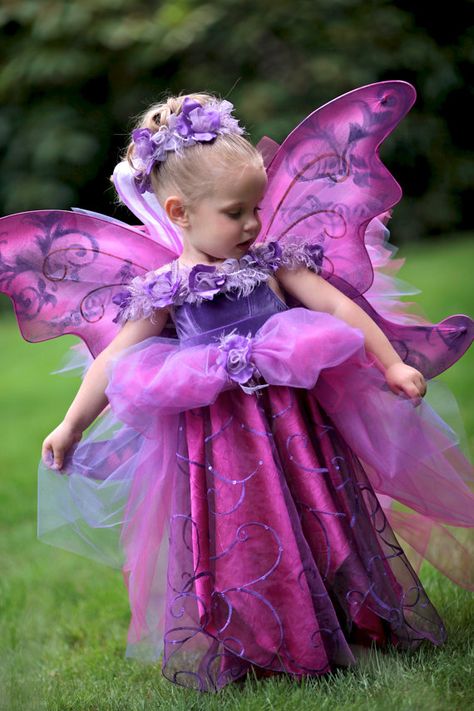 Locations such as fairy forts were left undisturbed; even cutting brush on fairy forts was reputed to be the death of those who performed the act. Fairy trees, such as thorn trees, were dangerous to chop down; one such tree was left alone in Scotland, though it prevented a road being widened for seventy years.
Locations such as fairy forts were left undisturbed; even cutting brush on fairy forts was reputed to be the death of those who performed the act. Fairy trees, such as thorn trees, were dangerous to chop down; one such tree was left alone in Scotland, though it prevented a road being widened for seventy years.
A resin statue of a fairy
Other actions were believed to offend fairies. Brownies were known to be driven off by being given clothing, though some folktales recounted that they were offended by inferior quality of the garments given, and others merely stated it, some even recounting that the brownie was delighted with the gift and left with it. Other brownies left households or farms because they heard a complaint, or a compliment. People who saw the fairies were advised not to look closely, because they resented infringements on their privacy. The need to not offend them could lead to problems: one farmer found that fairies threshed his corn, but the threshing continued after all his corn was gone, and he concluded that they were stealing from his neighbors, leaving him the choice between offending them, dangerous in itself, and profiting by the theft.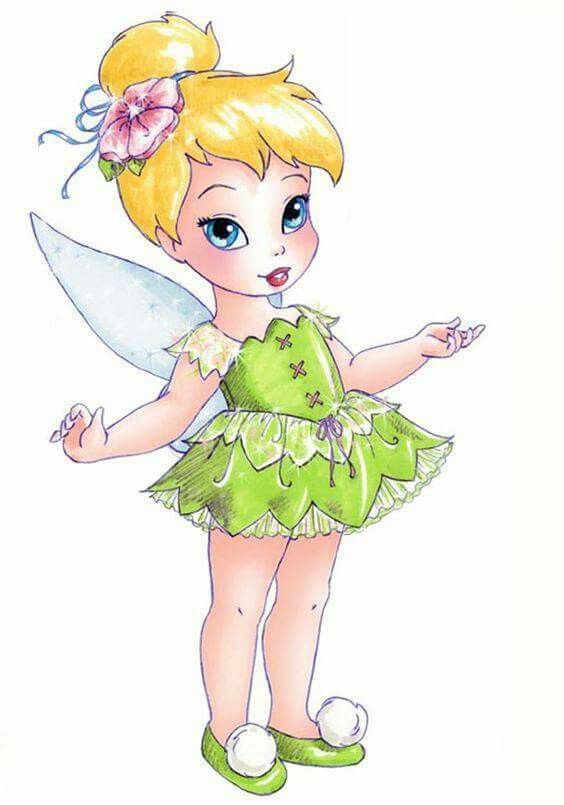
Millers were thought by the Scots to be "no canny", owing to their ability to control the forces of nature, such as fire in the kiln, water in the burn, and for being able to set machinery a-whirring. Superstitious communities sometimes believed that the miller must be in league with the fairies. In Scotland, fairies were often mischievous and to be feared. No one dared to set foot in the mill or kiln at night, as it was known that the fairies brought their corn to be milled after dark. So long as the locals believed this, the miller could sleep secure in the knowledge that his stores were not being robbed. John Fraser, the miller of Whitehill, claimed to have hidden and watched the fairies trying unsuccessfully to work the mill. He said he decided to come out of hiding and help them, upon which one of the fairy women gave him a gowpen (double handful of meal) and told him to put it in his empty girnal (store), saying that the store would remain full for a long time, no matter how much he took out.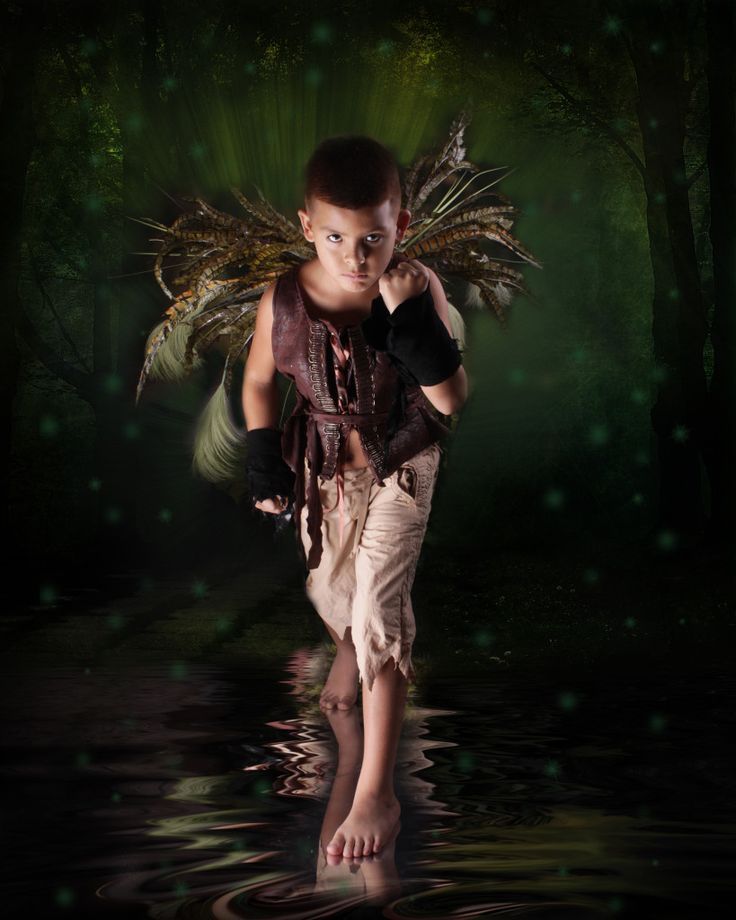
It is also believed that to know the name of a particular fairy could summon it to you and force it to do your bidding. The name could be used as an insult towards the fairy in question, but it could also rather contradictorily be used to grant powers and gifts to the user.
In art
At that moment she was changed by magic to a wonderful little elf by John Bauer.
Images of fairies have appeared as illustrations, often in books of fairy tales, as well as in photographic-based media and sculpture. Some artists known for their depictions of fairies include Cicely Mary Barker, Arthur Rackham, Brian Froud, Alan Lee, Amy Brown, David Delamare, Meredith Dillman, Jasmine Becket-Griffith, Warwick Goble, Kylie InGold, Ida Rentoul Outhwaite, Myrea Pettit, Florence Harrison, Suza Scalora, Nene Thomas, Gustave Doré, Rebecca Guay and Greta James.
The Fairy Doors of Ann Arbor, MI are small doors installed into local buildings. Local children believe these are the front doors of fairy houses, and in some cases, small furniture, dishes, and various other things can be seen beyond the doors.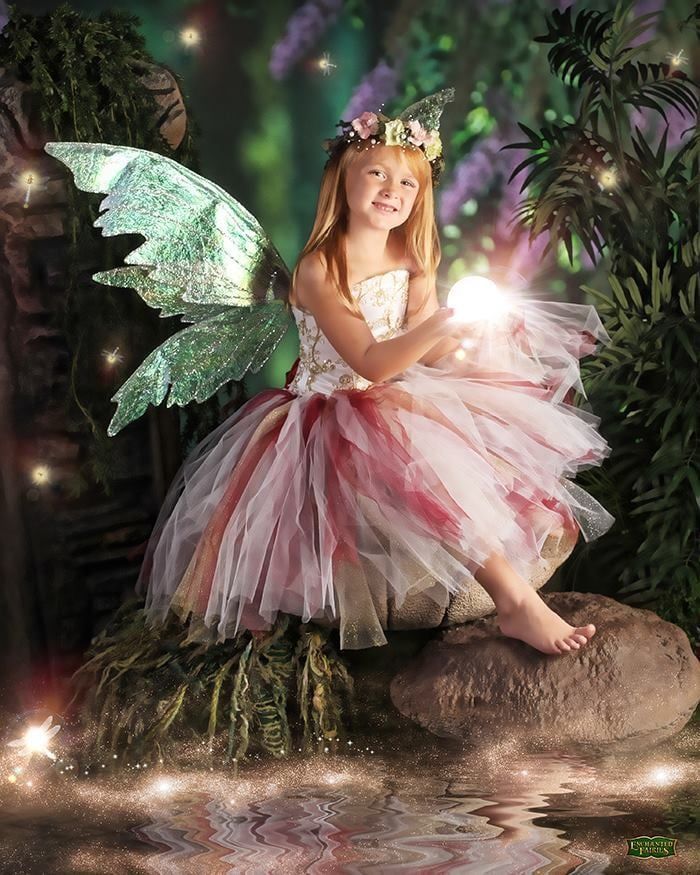
The Victorian era was particularly noted for fairy paintings. The Victorian painter Richard Dadd created paintings of fairy-folk with a sinister and malign tone. Other Victorian artists who depicted fairies include John Atkinson Grimshaw, Joseph Noel Paton, John Anster Fitzgerald and Daniel Maclise. Interest in fairy-themed art enjoyed a brief renaissance following the publication of the Cottingley Fairies photographs in 1917 and a number of artists turned to painting fairy themes.
Images for kids
All content from Kiddle encyclopedia articles (including the article images and facts) can be freely used under Attribution-ShareAlike license, unless stated otherwise. Cite this article:
Fairy Facts for Kids. Kiddle Encyclopedia.
Fairy Facts for Kids
A fairy or færie (Old English spelling) is a supposed magical being that flies in the air. They are usually depicted as small girls or women. Some færies have certain jobs, such as the Tooth fairy, who gives money or treats under the pillow of small children who have had a tooth fall out.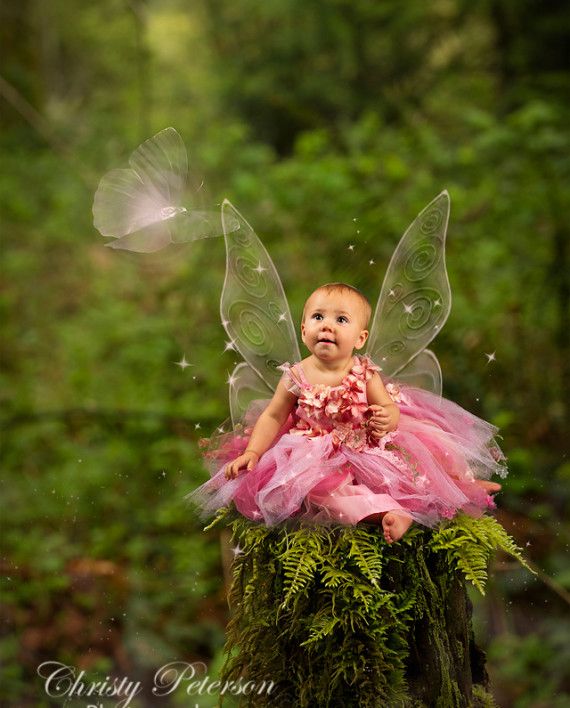 A fairy tale is a story with a plot involving fairies. These stories are usually for children. Fairies can also be found in folklore, for instance, in Ireland and Scotland, fairies are still held as creatures that were defeated by the human race thousands of years ago and now live in caverns in the world of faerie. These mystical creatures are believed to be made after a kind of angel. Fairies come up in many fictional books such as "Peter Pan" and "The Spiderwick Chronicles".
A fairy tale is a story with a plot involving fairies. These stories are usually for children. Fairies can also be found in folklore, for instance, in Ireland and Scotland, fairies are still held as creatures that were defeated by the human race thousands of years ago and now live in caverns in the world of faerie. These mystical creatures are believed to be made after a kind of angel. Fairies come up in many fictional books such as "Peter Pan" and "The Spiderwick Chronicles".
Contents
- Etymology
- Description
- Characteristics
- Classifications
- Changelings
- Protective charms
- In art
- Images for kids
Etymology
According to Thomas Keightley, the word "fairy" derives from the Latin fata, and is from the Old French form faerie, describing "enchantment". Other forms are the Italian fata, and the Provençal "fada". In old French romance, "fee" was a woman skilled in magic, and who knew the power and virtue of words, of stones, and of herbs.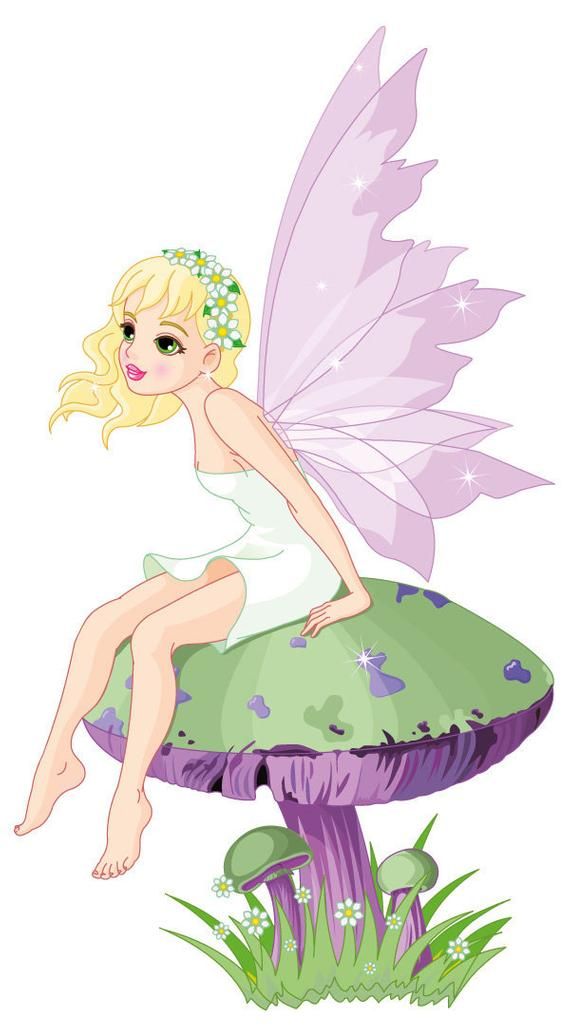
Faie became Modern English fay. Faierie became fairy, but with that spelling now almost exclusively referring to one of the legendary people, with the same meaning as fay. The word "fairy" was used to represent an illusion, or enchantment; the land of the Faes; collectively the inhabitants thereof; or an individual such as a fairy knight.
Description
1896 illustration of a fairy from Ernest Vincent Wright's The Wonderful Fairies of the Sun
Fairies are generally described as human in appearance and having magical powers. Diminutive fairies of one kind or another have been recorded for centuries, but occur alongside the human-sized beings; these have been depicted as ranging in size from very tiny up to the size of a human child. Even with these small fairies, however, their small size may be magically assumed rather than constant. Some fairies though normally quite small were able to dilate their figures to imitate humans.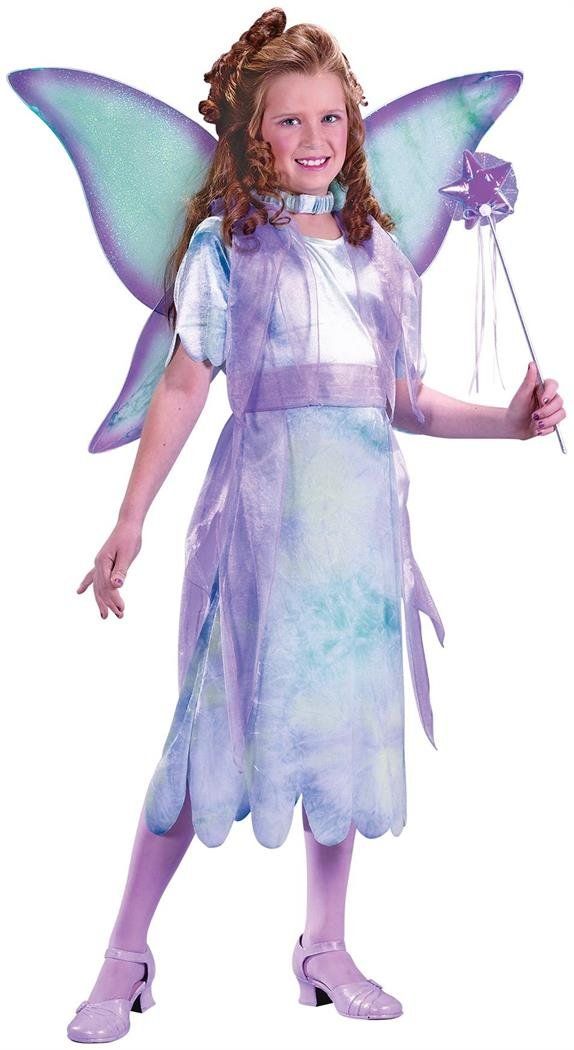 On Orkney they were described as short in stature, dressed in dark grey, and sometimes seen in armour.
On Orkney they were described as short in stature, dressed in dark grey, and sometimes seen in armour.
Wings, while common in Victorian and later artwork of fairies, are very rare in the folklore; even very small fairies flew with magic, sometimes flying on ragwort stems or the backs of birds. Nowadays, fairies are often depicted with ordinary insect wings or butterfly wings. In some folklore, fairies have green eyes. Some depictions of fairies either have them wearing some sort of footwear and other depictions of fairies are always barefoot.
Characteristics
Much of the folklore about fairies revolves around protection from their malice, by such means as cold iron or charms of rowan and herbs, or avoiding offense by shunning locations known to be theirs. Some pranks ascribed to them, such as tangling the hair of sleepers into "Elf-locks", stealing small items or leading a traveler astray, are generally harmless. But far more dangerous behaviors were also attributed to fairies. Any form of sudden death might stem from a fairy kidnapping, with the apparent corpse being a wooden stand-in with the appearance of the kidnapped person. Consumption (tuberculosis) was sometimes blamed on the fairies forcing young men and women to dance at revels every night, causing them to waste away from lack of rest. Rowan trees are considered sacred to the fairies.
Any form of sudden death might stem from a fairy kidnapping, with the apparent corpse being a wooden stand-in with the appearance of the kidnapped person. Consumption (tuberculosis) was sometimes blamed on the fairies forcing young men and women to dance at revels every night, causing them to waste away from lack of rest. Rowan trees are considered sacred to the fairies.
Classic representation of a small fairy with butterfly wings commonly used in modern times. Luis Ricardo Falero, 1888.
Classifications
In Scottish folklore, fairies are divided into the Seelie Court, the more beneficently inclined (but still dangerous) fairies, and the Unseelie Court, the malicious fairies. While the fairies from the Seelie court enjoyed playing pranks on humans they were usually harmless affairs, compared to the Unseelie court that enjoyed bringing harm to humans as entertainment.
Trooping fairies refer to fairies who appear in groups and might form settlements.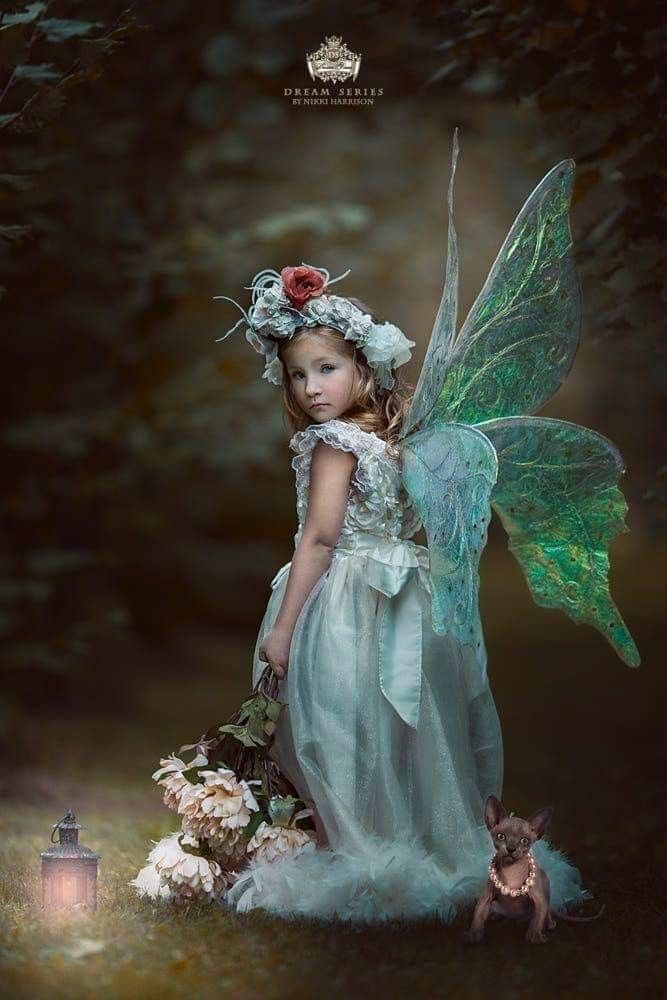 In this definition, fairy is usually understood in a wider sense, as the term can also include various kinds of mythical creatures mainly of Celtic origin; however, the term might also be used for similar beings such as dwarves or elves from Germanic folklore. These are opposed to solitary fairies, who do not live or associate with others of their kind.
In this definition, fairy is usually understood in a wider sense, as the term can also include various kinds of mythical creatures mainly of Celtic origin; however, the term might also be used for similar beings such as dwarves or elves from Germanic folklore. These are opposed to solitary fairies, who do not live or associate with others of their kind.
Changelings
Main page: Changeling
A considerable amount of lore about fairies revolves around changelings, fairy children left in the place of stolen human babies. In particular, folklore describes how to prevent the fairies from stealing babies and substituting changelings, and abducting older people as well. The theme of the swapped child is common in medieval literature and reflects concern over infants thought to be afflicted with unexplained diseases, disorders, or developmental disabilities. In pre-industrial Europe, a peasant family's subsistence frequently depended upon the productive labor of each member, and a person who was a permanent drain on the family's scarce resources could pose a threat to the survival of the entire family.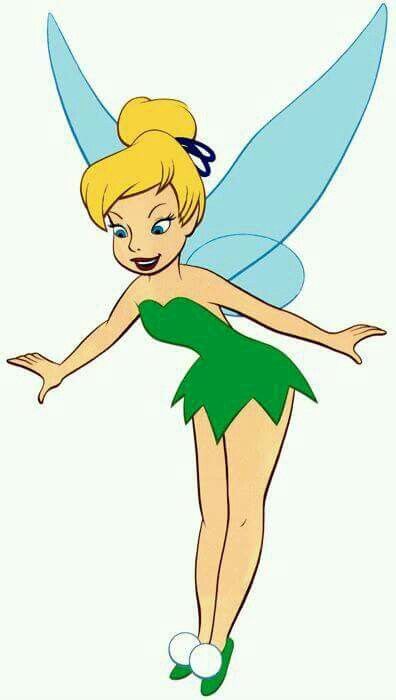
Protective charms
In terms of protective charms, wearing clothing inside out, church bells, St. John's wort, and four-leaf clovers are regarded as effective. In Newfoundland folklore, the most popular type of fairy protection is bread, varying from stale bread to hard tack or a slice of fresh home-made bread. Bread is associated with the home and the hearth, as well as with industry and the taming of nature, and as such, seems to be disliked by some types of fairies. On the other hand, in much of the Celtic folklore, baked goods are a traditional offering to the folk, as are cream and butter. “The prototype of food, and therefore a symbol of life, bread was one of the commonest protections against fairies. Before going out into a fairy-haunted place, it was customary to put a piece of dry bread in one’s pocket.” In County Wexford, Ireland, in 1882, it was reported that “if an infant is carried out after dark a piece of bread is wrapped in its bib or dress, and this protects it from any witchcraft or evil.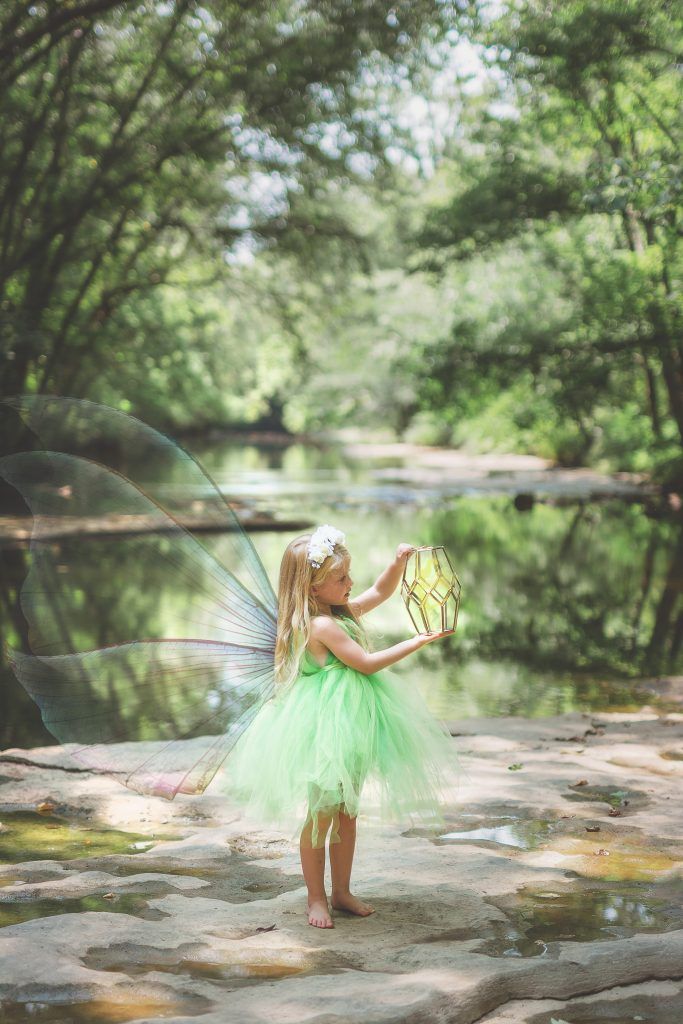 ”
”
Bells also have an ambiguous role; while they protect against fairies, the fairies riding on horseback — such as the fairy queen — often have bells on their harness. This may be a distinguishing trait between the Seelie Court from the Unseelie Court, such that fairies use them to protect themselves from more wicked members of their race. Another ambiguous piece of folklore revolves about poultry: a cock's crow drove away fairies, but other tales recount fairies keeping poultry.
While many fairies will confuse travelers on the path, the will o' the wisp can be avoided by not following it. Certain locations, known to be haunts of fairies, are to be avoided; C. S. Lewis reported hearing of a cottage more feared for its reported fairies than its reported ghost. In particular, digging in fairy hills was unwise. Paths that the fairies travel are also wise to avoid. Home-owners have knocked corners from houses because the corner blocked the fairy path, and cottages have been built with the front and back doors in line, so that the owners could, in need, leave them both open and let the fairies troop through all night.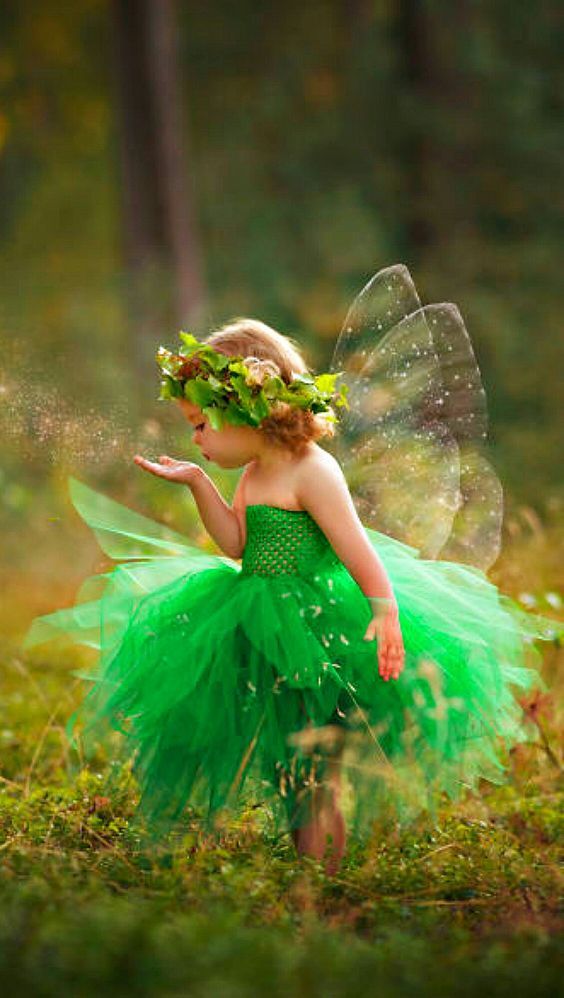 Locations such as fairy forts were left undisturbed; even cutting brush on fairy forts was reputed to be the death of those who performed the act. Fairy trees, such as thorn trees, were dangerous to chop down; one such tree was left alone in Scotland, though it prevented a road being widened for seventy years.
Locations such as fairy forts were left undisturbed; even cutting brush on fairy forts was reputed to be the death of those who performed the act. Fairy trees, such as thorn trees, were dangerous to chop down; one such tree was left alone in Scotland, though it prevented a road being widened for seventy years.
A resin statue of a fairy
Other actions were believed to offend fairies. Brownies were known to be driven off by being given clothing, though some folktales recounted that they were offended by inferior quality of the garments given, and others merely stated it, some even recounting that the brownie was delighted with the gift and left with it. Other brownies left households or farms because they heard a complaint, or a compliment. People who saw the fairies were advised not to look closely, because they resented infringements on their privacy. The need to not offend them could lead to problems: one farmer found that fairies threshed his corn, but the threshing continued after all his corn was gone, and he concluded that they were stealing from his neighbors, leaving him the choice between offending them, dangerous in itself, and profiting by the theft.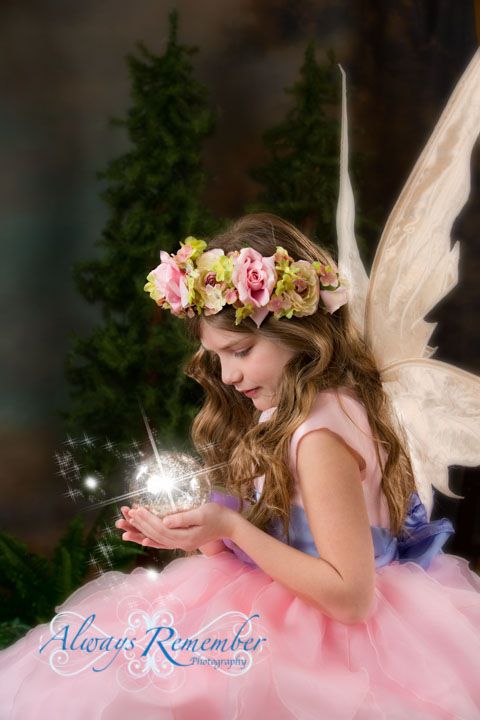
Millers were thought by the Scots to be "no canny", owing to their ability to control the forces of nature, such as fire in the kiln, water in the burn, and for being able to set machinery a-whirring. Superstitious communities sometimes believed that the miller must be in league with the fairies. In Scotland, fairies were often mischievous and to be feared. No one dared to set foot in the mill or kiln at night, as it was known that the fairies brought their corn to be milled after dark. So long as the locals believed this, the miller could sleep secure in the knowledge that his stores were not being robbed. John Fraser, the miller of Whitehill, claimed to have hidden and watched the fairies trying unsuccessfully to work the mill. He said he decided to come out of hiding and help them, upon which one of the fairy women gave him a gowpen (double handful of meal) and told him to put it in his empty girnal (store), saying that the store would remain full for a long time, no matter how much he took out.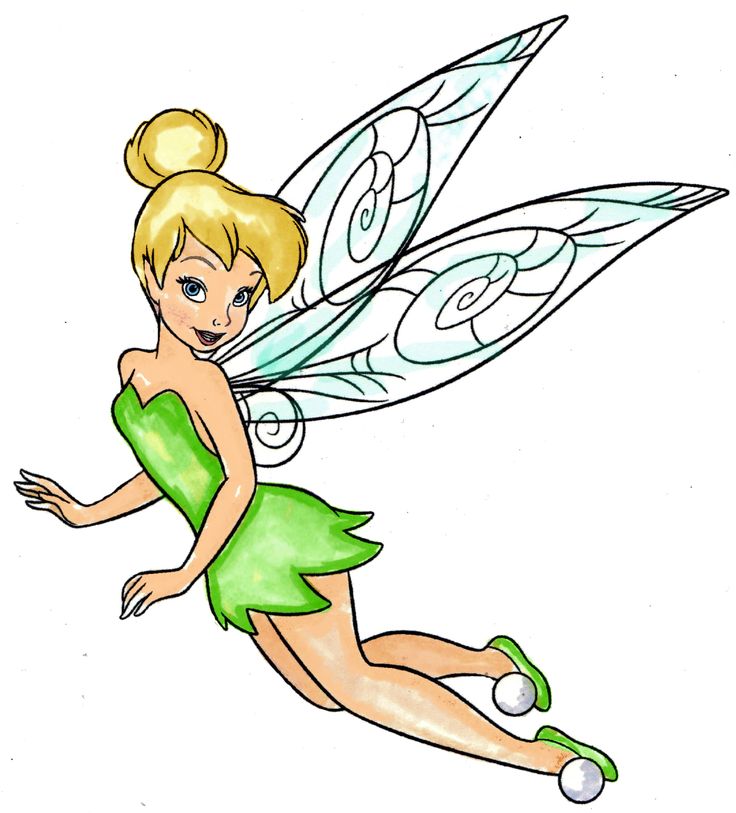
It is also believed that to know the name of a particular fairy could summon it to you and force it to do your bidding. The name could be used as an insult towards the fairy in question, but it could also rather contradictorily be used to grant powers and gifts to the user.
In art
At that moment she was changed by magic to a wonderful little elf by John Bauer.
Images of fairies have appeared as illustrations, often in books of fairy tales, as well as in photographic-based media and sculpture. Some artists known for their depictions of fairies include Cicely Mary Barker, Arthur Rackham, Brian Froud, Alan Lee, Amy Brown, David Delamare, Meredith Dillman, Jasmine Becket-Griffith, Warwick Goble, Kylie InGold, Ida Rentoul Outhwaite, Myrea Pettit, Florence Harrison, Suza Scalora, Nene Thomas, Gustave Doré, Rebecca Guay and Greta James.
The Fairy Doors of Ann Arbor, MI are small doors installed into local buildings. Local children believe these are the front doors of fairy houses, and in some cases, small furniture, dishes, and various other things can be seen beyond the doors.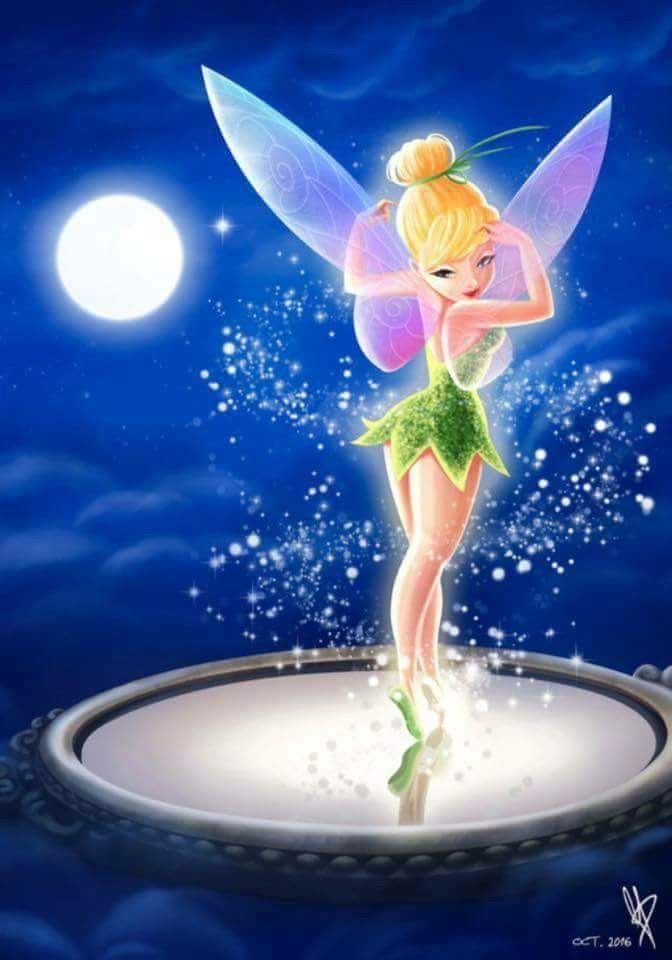
The Victorian era was particularly noted for fairy paintings. The Victorian painter Richard Dadd created paintings of fairy-folk with a sinister and malign tone. Other Victorian artists who depicted fairies include John Atkinson Grimshaw, Joseph Noel Paton, John Anster Fitzgerald and Daniel Maclise. Interest in fairy-themed art enjoyed a brief renaissance following the publication of the Cottingley Fairies photographs in 1917 and a number of artists turned to painting fairy themes.
Images for kids
All content from Kiddle encyclopedia articles (including the article images and facts) can be freely used under Attribution-ShareAlike license, unless stated otherwise. Cite this article:
Fairy Facts for Kids. Kiddle Encyclopedia.
Magic tales about fairies. Read online.
In this section we have collected fairy tales about wonderful fairies . Cute sorceresses help kind people, punish evil.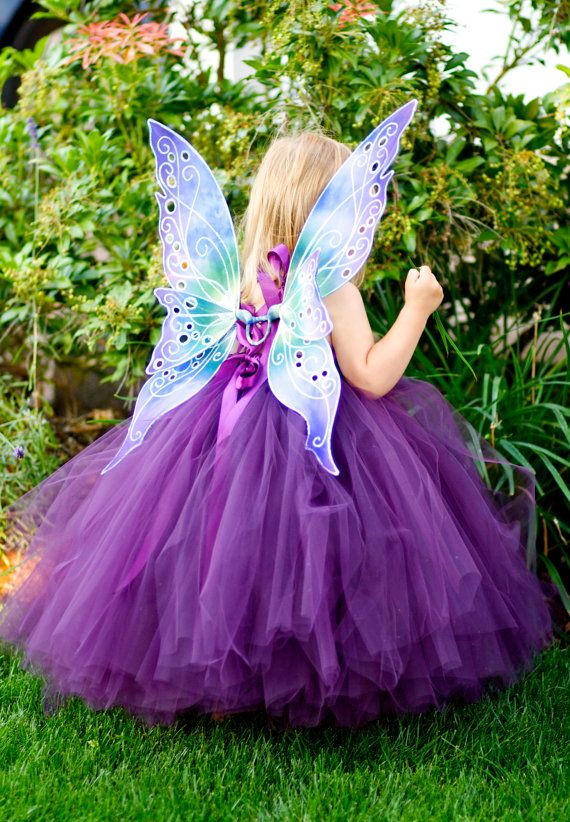 Fairies are able to turn a carriage into a pumpkin, and words into gold. Fairy tales are imaginative and great for little girls!
Fairies are able to turn a carriage into a pumpkin, and words into gold. Fairy tales are imaginative and great for little girls!
A fairy tale about a beautiful princess who was cursed by an offended fairy on a holiday in honor of her birth. The old fairy predicted the girl's death from a spindle prick, but the good fairy was able to commute the sentence. The girl did not die, but fell asleep on ...
Grade 3A tale about two sisters. The older one was rude and arrogant, while the younger one was kind and beautiful. The fairy rewarded each of them according to their merits. Now every word of the youngest daughter turned into a rose or a jewel, and the eldest daughter dropped it...
A fairy tale about how a fairy helped a rhinoceros who always fell out of bed in his sleep... Rhinoceros and the Good Fairy were still little boys, there lived a rhinoceros in the world…
Grade 4 A world-famous fairy tale about a kind and beautiful girl who was left without a mother.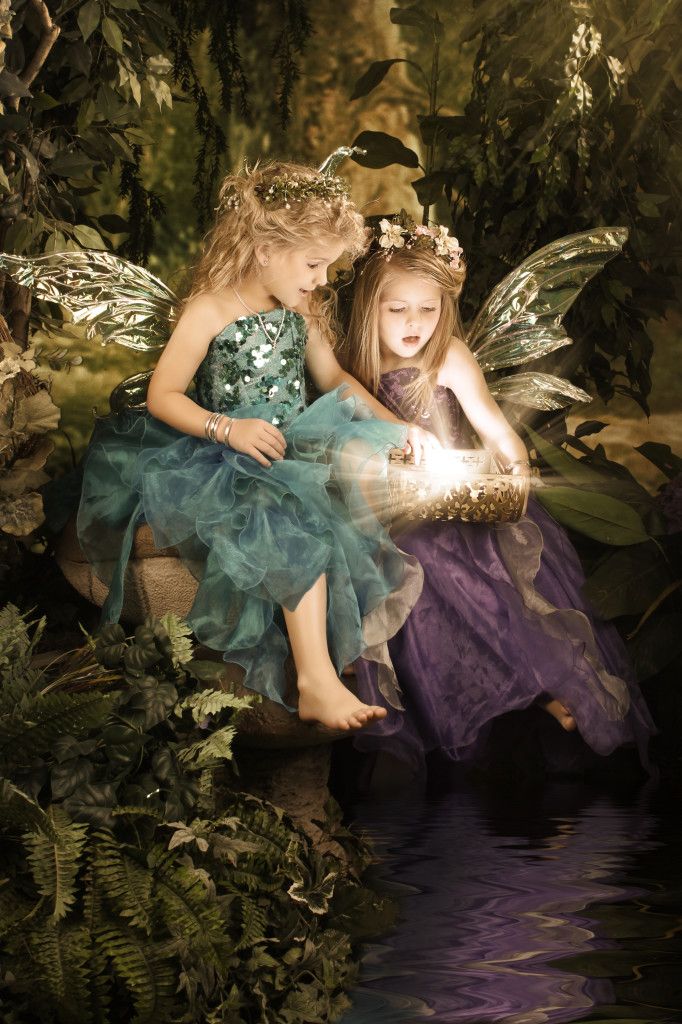 Her stepmother disliked her and forced her to do the dirtiest work. Good aunt fairy will help Cinderella to fulfill her dream - to get to the palace for the ball ......
Her stepmother disliked her and forced her to do the dirtiest work. Good aunt fairy will help Cinderella to fulfill her dream - to get to the palace for the ball ......
A touching story about a girl Lena who gave her present (a handkerchief) to a little elf. The poor thing had a misfortune, her dress was torn on a rose bush. And now she was sobbing on the windowsill. Lena gave her a wonderful handkerchief, which turned into…
A fairy tale about a prince who was born ugly, but smart and kind. In addition, the fairy predicted that he could make the one he loves the most intelligent. At the same time, a princess of unearthly beauty was born in another kingdom….
The tale tells of a king who became mad with grief after the death of his beloved wife and wanted to marry his daughter. The princess tried to stop him, but could not and was forced to flee the palace, wearing a donkey ...
If you find an error in the site, please write to us
If you liked it, please share with your friends.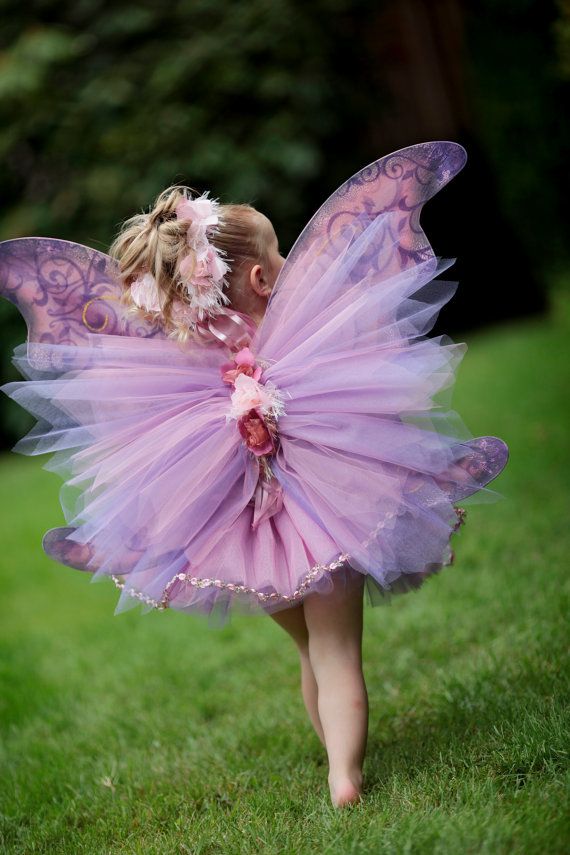
-
Legend of Arion
Herodotus
This legend was recorded by the ancient Greek historian Herodotus, who widely used myths and legends in his writings. Arion defeated the greed and greed of people with his art, beauty and charm. "The Legend of Arion" read ... Periander was a tyrant1 of Corinth. S…
-
Labors of Hercules. Animal Farm of King Avgiy
Myths of Ancient Greece, Kun N.A.
The feat of Hercules, when in one day he cleared the entire barnyard of Avgius, who had innumerable herds, of manure. "Animal Farm of King Avgiy" read Soon, Eurystheus gave a new assignment to Hercules. He had to clear the whole of manure…
-
Heracles' exploits. Apples of the Hesperides
Myths of Ancient Greece, Kun N.A.
The myth about the last, twelfth, feat of Hercules, when he had to get three golden apples from the gardens of the great titan, who holds the vault of heaven on his shoulders.
 "Apples of the Hesperides" read The most difficult feat of Hercules in the service of Eurystheus ...
"Apples of the Hesperides" read The most difficult feat of Hercules in the service of Eurystheus ... -
Colorful fairy tales
Odoevsky V.F.
In unusual stories, alternating like pieces of glass in a kaleidoscope, Odoevsky depicts the negative qualities of people covered from above with a cloak of decency… Table of contents: ♦ Chapter I Introduction ♦ Chapter II finds friends
Astafiev V.P.
A story about an Even boy Girmanchu, whose parents died trying to help a sinking ship. The boy was left alone on the beach. The next day, the captain of the ship sailed for him and took him to an orphanage ... "Girmancha finds friends" read ...
-
Gadfly
Voynich E.L.
The novel describes the activities of members of an underground revolutionary organization in the first half of the 19th century. The author shows what sacrifices a person can make for the sake of his goal, for the sake of faith.
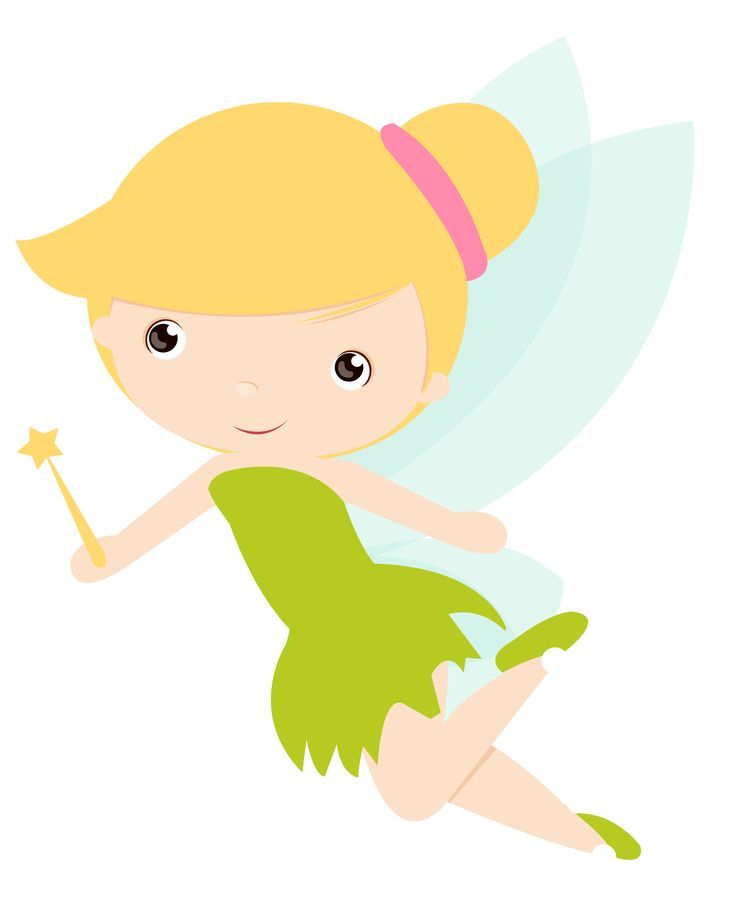 “Leave; what have you to do with us, Jesus of Nazareth?” Table of contents: ♦ …
“Leave; what have you to do with us, Jesus of Nazareth?” Table of contents: ♦ … -
Aelita
Tolstoy A.K.
A fantastic story about how the inhabitants of the sunken Atlantis flew to Mars. They adapted to this planet and created a new civilization. But one day two scientists from the Earth flew to them and staged a revolution there... Contents: ♦...
-
Stolen letter
Edgar Allan Poe
A personal letter has been stolen from the royal chambers, which threatens the honor of a noble person. Moreover, the robbed lady knows who the kidnapper is. The kidnapper uses the power given to him by the letter for political purposes, blackmailing the owner of the letter...
Contents: ♦ I. Princess Trubetskaya ♦ Part one ♦ Part two ♦ Princess M.N. Volkonskaya ♦ Chapter I ♦ Chapter II ♦ Chapter III ♦ Chapter IV…
-
Tam Glen
Burns R.
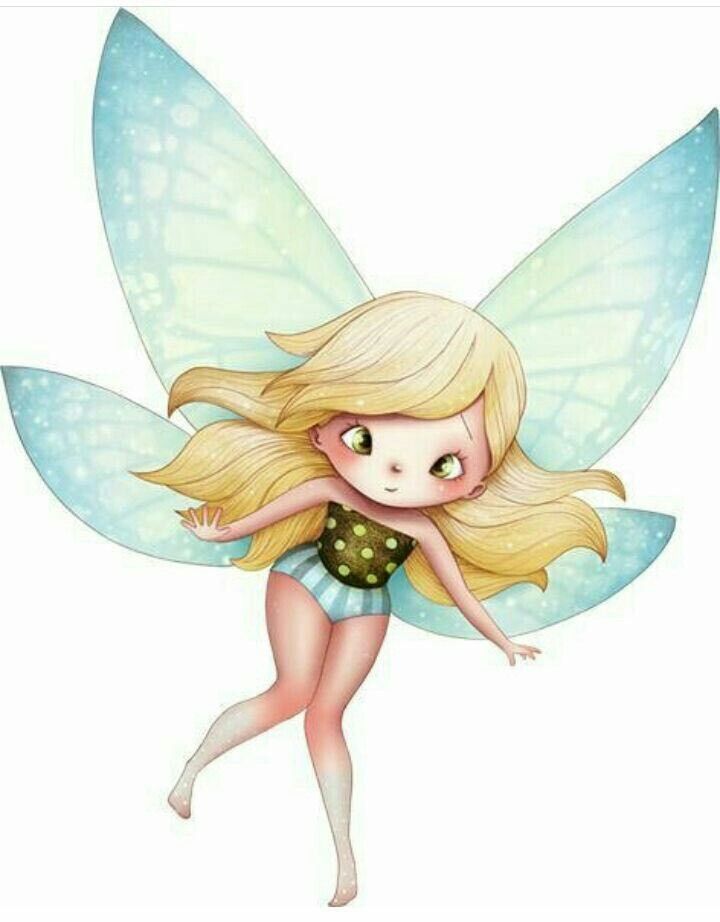
Oh, aunt, I ask for advice! With such a young man, I don’t have to be afraid of the fate of change. I’ll be glad of poverty, - If only I would be with me…
-
Lines about war and love
Burns R. I give my blood In that life-creating battle, What we call love. I glorify the triumph of the world, Contentment and prosperity. It is more pleasant to create one Than to destroy a dozen!
-
What's a girl to do
Burns R.
What's a girl to do? What shall I do, little girl? How shall I, little girl, live with my hubby? He is grouchy and sick, always dissatisfied. There is cold in his chest, ice in his hands. He groans, ...
-
has analogues in the tales of many other peoples. Our site presents a version of a folk tale in the processing of A.N. Tolstoy. "Kolobok" read Once upon a time there was an old man with an old woman. Here ...
-
2 - Three little pigs
Mikhalkov S.
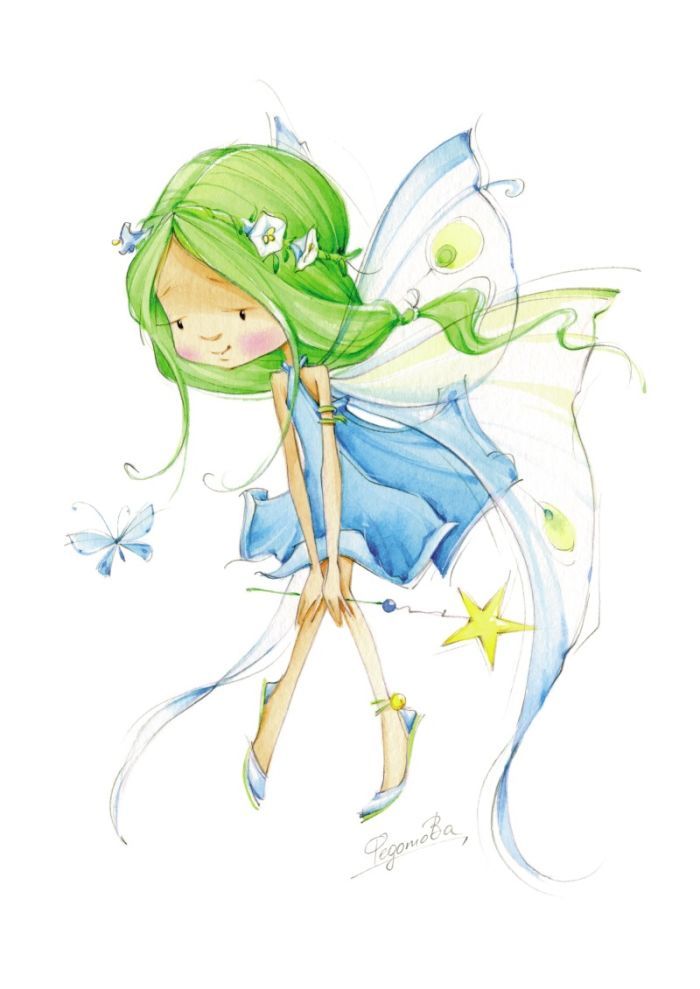
A fairy tale about three pig brothers who built houses for themselves. One brother built a house out of straw, another out of twigs and twigs, and a third out of bricks. "Three Little Pigs" read Once upon a time there were three little pigs in the world. Three brothers. All…
-
3 - Little Red Riding Hood
Charles Perrault
A small fairy tale about a gullible girl and a cunning gray wolf. Disobeying her mother, the girl turns off the road and talks to a stranger - a gray wolf ... "Little Red Riding Hood" read Once upon a time there was a little girl. Her mother loved her without memory, and her grandmother ...
-
4 - Turnip
Russian folk tale
Turnip is a famous fairy tale for the little ones with a lot of repetitions. The child quickly remembers the sequence of presentation and a simple plot. "Turnip" read Grandfather planted a turnip and says: - Grow a turnip, sweet, sweet! Grow big, big! A turnip has grown, sweet and big, big….
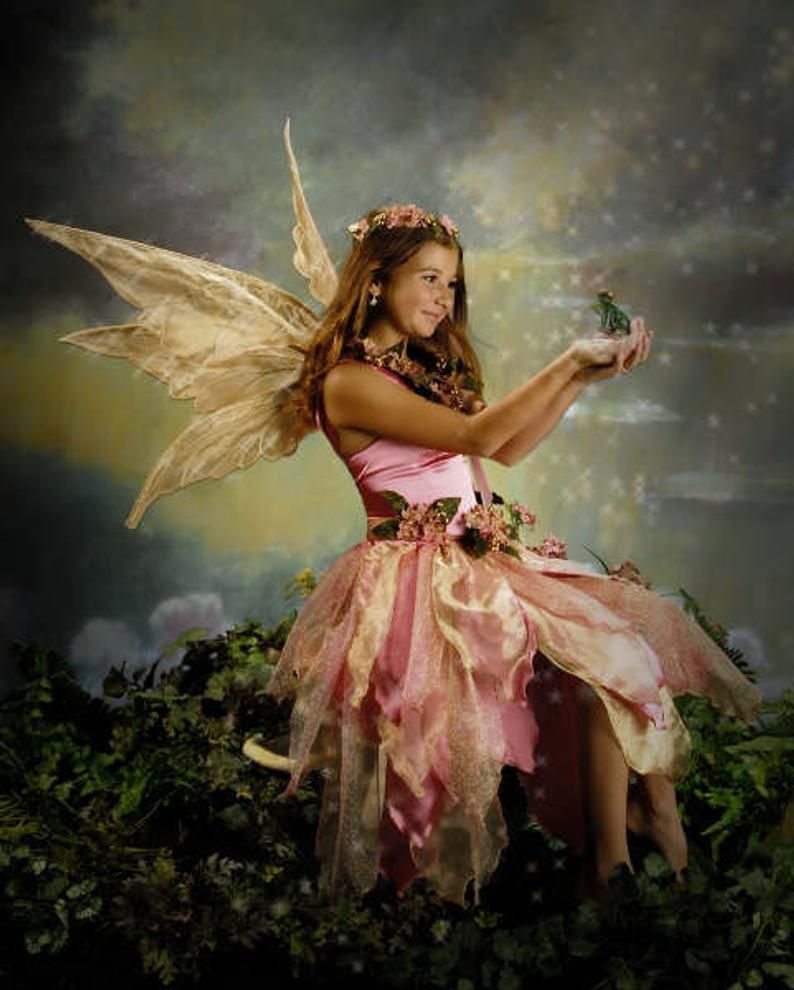
-
5 - Bremen Town Musicians
Entin Yu.S. and Livanov V.B.
The story of the animals and the young Troubadour who went to the city of Bremen to become street musicians. In the city they stopped in front of the royal castle. The king and princess came out onto the balcony of the palace, the townspeople ran to the square and it began ...
-
6 - Seven-flower flower
Kataev V.P.
A fairy tale about a girl Zhenya, who was presented with a magic seven-flower flower. It had seven petals and could grant any seven wishes. Zhenya spent the first six wishes, but did not receive any pleasure and only made her last wish ...
-
7 - The Snow Queen test and melt even an icy heart! "The Snow Queen" read Table of contents: ♦ The first story, which tells about ...0007
-
8 - A wolf and seven kids
Russian folk tale
The tale tells about an evil wolf who changed his voice, made his way into the goat's house and ate little kids.
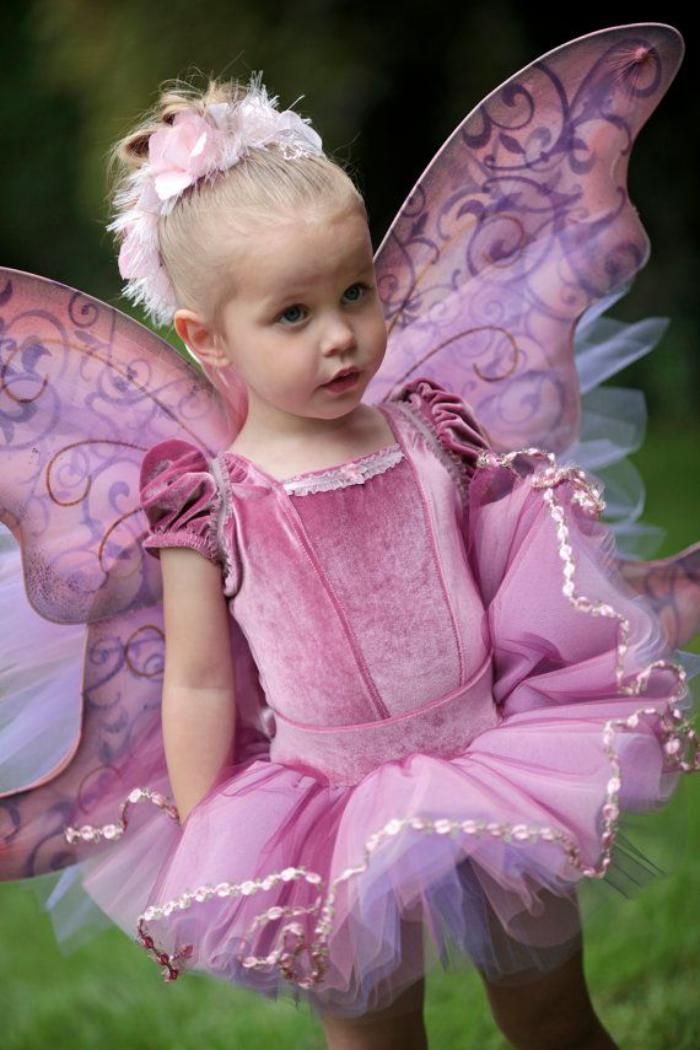 But the mother goat will be able to save her children and get rid of the wolf. "The Wolf and the Seven Kids" read Once upon a time there was a goat with kids ....
But the mother goat will be able to save her children and get rid of the wolf. "The Wolf and the Seven Kids" read Once upon a time there was a goat with kids .... -
9 - The Tale of Tsar Saltan
Pushkin A.S.
The tale of Tsar Saltan, of his son, the glorious and mighty hero Prince Gvidon Saltanovich, and of the beautiful Swan Princess was created on the basis of the folk tale "Wonderful Sons". Alexander Sergeevich Pushkin enriched the folk work with new plot twists, ...
-
10 - Three Bears
Russian folk tale
Three Bears is a fairy tale about a girl who got lost in the forest and ended up in a house of bears. There she behaved very rudely: without permission, she ate from every cup, sat on every chair, lay in every bed, ...
-
11 - Geese-Swans
the swan geese carried the boy away and the little sister went to look for him. The stove, apple tree and river helped the girl save her brother.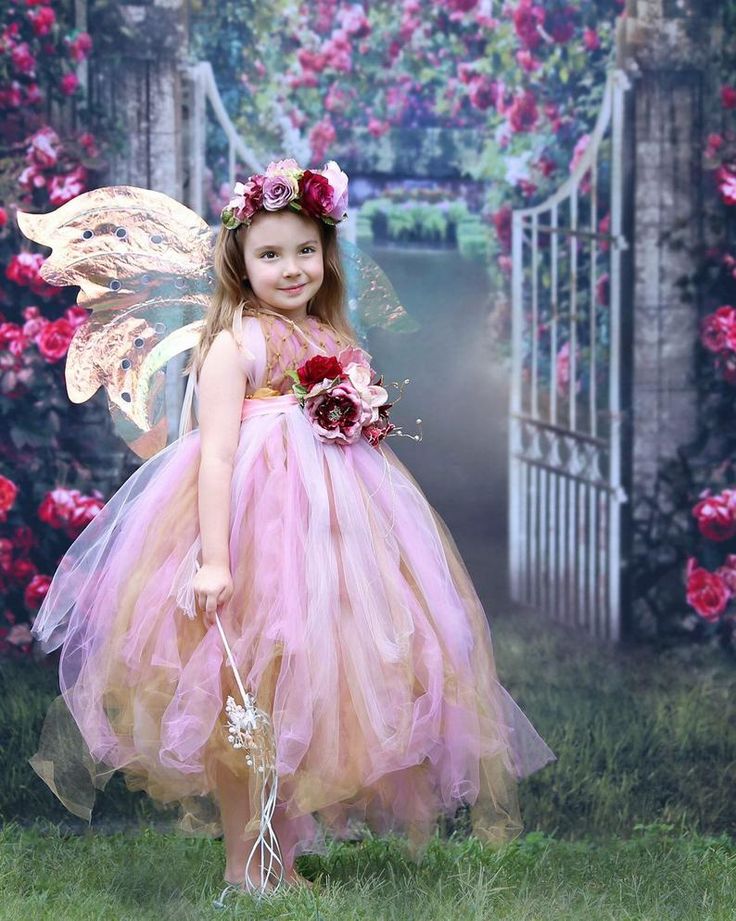 Read the fairy tale in the processing of A.N. Tolstoy. "Geese-swans" read There lived a man and a woman. At…
Read the fairy tale in the processing of A.N. Tolstoy. "Geese-swans" read There lived a man and a woman. At… -
12 - The Frog Princess
Russian folk tale
The Frog Princess is a Russian folk tale where the main character, Ivan Tsarevich, married a frog by the will of fate. Ivan had no idea that his wife was Vasilisa the Wise, turned by Koshchei into a frog. Ivan hurried, burned the frog's skin and had to ...
-
13 - The Fox and the Crane
Russian folk tale
The Fox and the Crane is a fairy tale about friendship between a cunning fox and a clever crane. The crane could not eat the semolina porridge, which the Fox smeared on a plate. He invited her to his place and treated her to a delicious okroshka, which he put ...
-
14 - Masha and the Bear
Russian folk tale
Masha and the Bear is a fairy tale about a girl who got lost in the forest and ended up in a bear's hut.
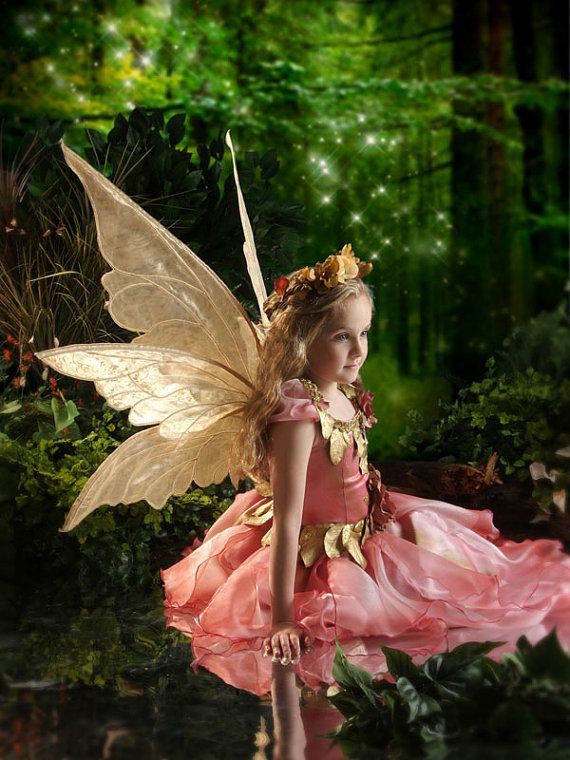 The bear did not let Mashenka go home, however, the girl came up with a way to return to her grandparents. Masha and ...
The bear did not let Mashenka go home, however, the girl came up with a way to return to her grandparents. Masha and ... -
15 - The Wizard of the Emerald City
Volkov A.M.
"The Wizard of the Emerald City" - a fairy tale by Alexander Volkov written at 1939 based on the fairy tale by the American writer Frank Baum "The Wise Man of Oz" with some changes. In 1959, a new edition of the book was published, significantly revised ...
-
16 - Winnie the Pooh and all, all, all
Alan Milne
A cheerful and beloved fairy tale about Winnie the Pooh does not obey the laws of the fairy tale genre. The tale is devoid of negative characters, the struggle between good and evil forces. The main characters of the tale are the toys of the boy Christopher, with whom funny situations happen in a magical ...
-
17 - Hen Ryaba
Russian folk tale
Hen Ryaba is the first fairy tale that mothers read to their babies.
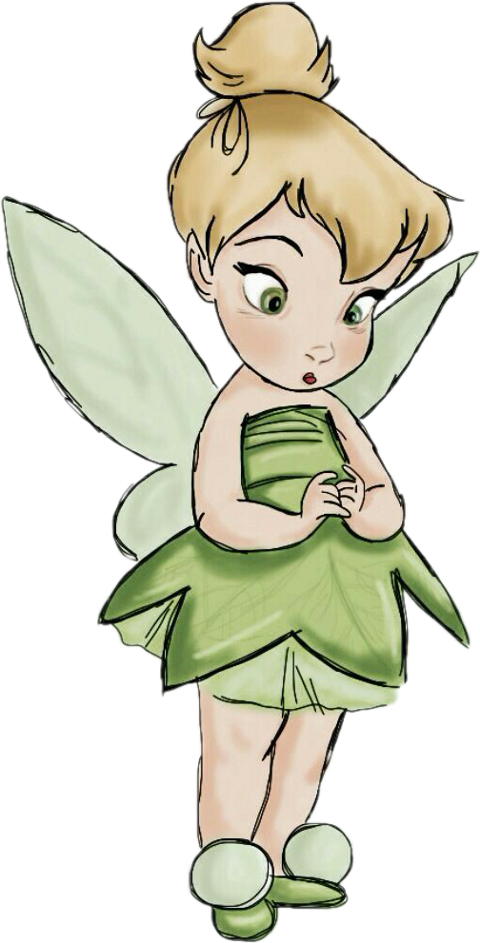 Children quickly grasp a simple plot and remember it by heart. Hen Ryaba read Once upon a time there was a grandfather and a woman. And they had a Ryaba Hen. A chicken laid an egg, yes...
Children quickly grasp a simple plot and remember it by heart. Hen Ryaba read Once upon a time there was a grandfather and a woman. And they had a Ryaba Hen. A chicken laid an egg, yes... -
18 - The Tale of the Fisherman and the Fish
Pushkin A.S.
The tale of a poor fisherman who caught a golden fish in his net. The old man took pity on the fish, released it into the sea. For this, the fish promised to fulfill his every wish. The old man didn’t ask for anything, but when he returned home, he told about…
-
19 - The Little Mermaid
Hans Christian Andersen
A touching tale of the Little Mermaid's strong love for the prince. The little mermaid is ready to give up everything that is dear to her for the sake of the human soul and the love of the prince ... The fairy tale formed the basis of the plots of many films, cartoons and musicals. The Little Mermaid read In the open…
-
20 - Thumbelina
Hans Christian Andersen
The fairy tale about Thumbelina is loved by children all over the world.
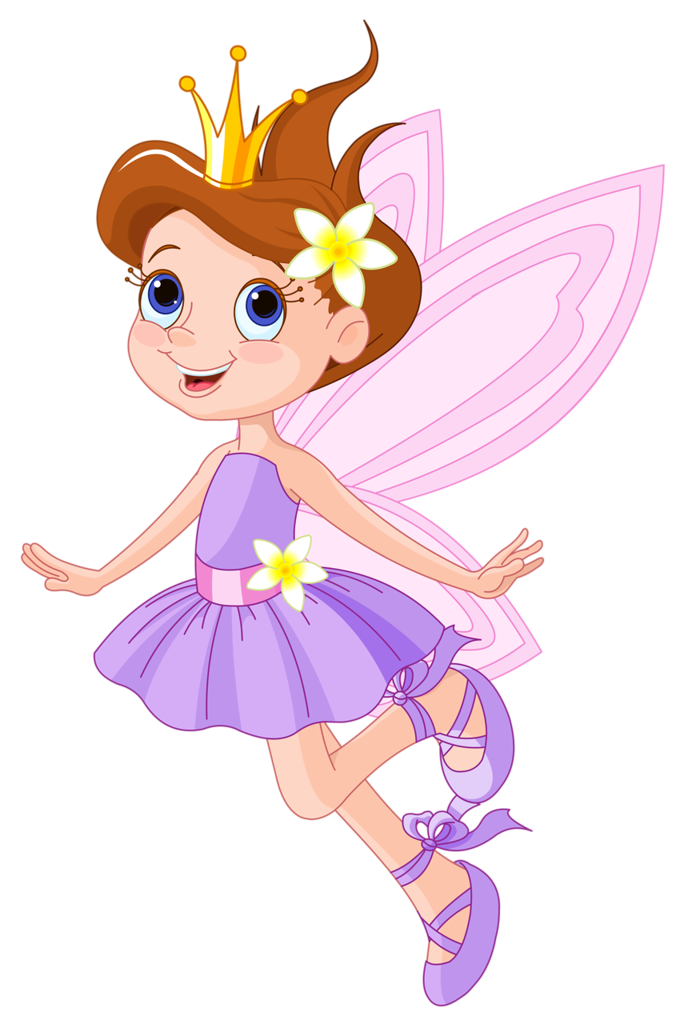 A tiny girl born from a flower goes through many trials on the way to her happiness. Fate rewards Thumbelina for her kind heart. The swallow she rescued earlier endures...
A tiny girl born from a flower goes through many trials on the way to her happiness. Fate rewards Thumbelina for her kind heart. The swallow she rescued earlier endures... -
21 - Puss in Boots
Charles Perrault
The tale of an unusual cat that was inherited by a younger brother from a miller's father. The young man was not very happy at first with his share of the inheritance, but the cunning and smart cat made him the richest man and son-in-law of the king ... The cat in ...
-
22 - Sleeping Beauty
Charles Perrault celebration in honor of his birth. The old fairy predicted the girl's death from a spindle prick, but the good fairy was able to commute the sentence. The girl did not die, but fell asleep on ...
-
23 - Ax porridge
Russian folk tale
Ax porridge is a short fairy tale about a witty soldier.
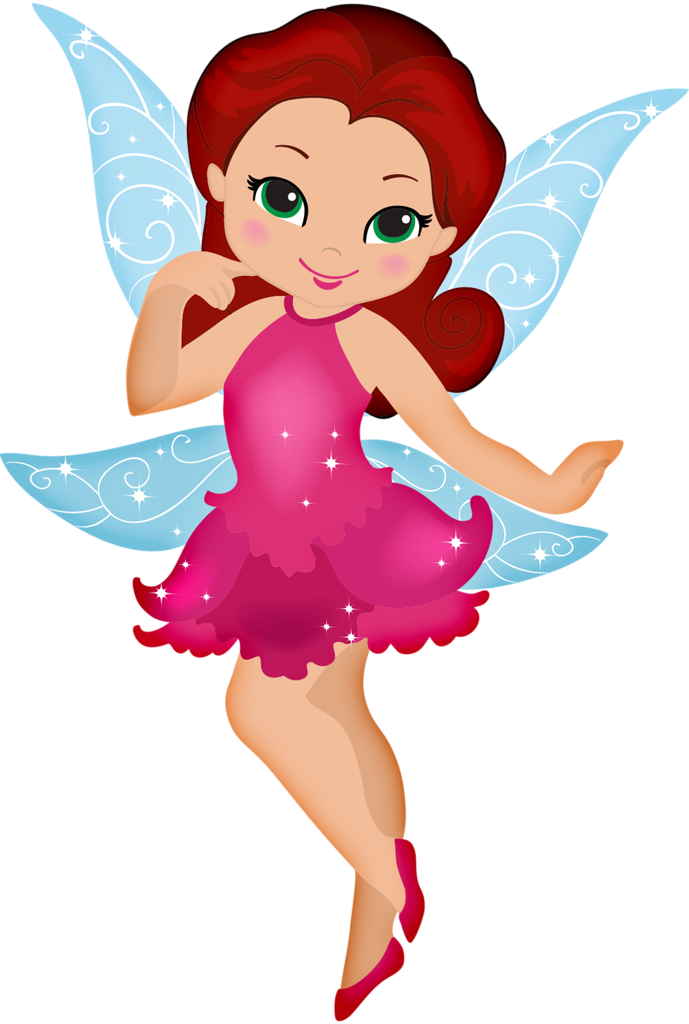 The greedy old woman did not want to feed the soldier, but he outwitted her and got porridge with butter ... Read porridge from an ax The old soldier went on a visit. Tired of…
The greedy old woman did not want to feed the soldier, but he outwitted her and got porridge with butter ... Read porridge from an ax The old soldier went on a visit. Tired of… -
24 - The Ugly Duckling
Hans Christian Andersen
A fairy tale about the miraculous transformation of an ugly duckling into a beautiful swan. The duckling was born unlike his brothers, the inhabitants of the poultry yard disliked him for his dissimilarity to the others. The duckling had to leave the house and go through many trials before he…
-
25 - Bean seed
Russian folk tale
The cockerel and the bean seed is a Russian folk tale about a rooster who was always in a hurry when pecking at the seeds. The hen warned him all the time and asked him to peck more slowly. One day he choked on a bean seed and fell down. But the chicken…
-
26 - The Princess and the Pea
Hans Christian Andersen
A short story about how the prince wanted to marry a real princess.
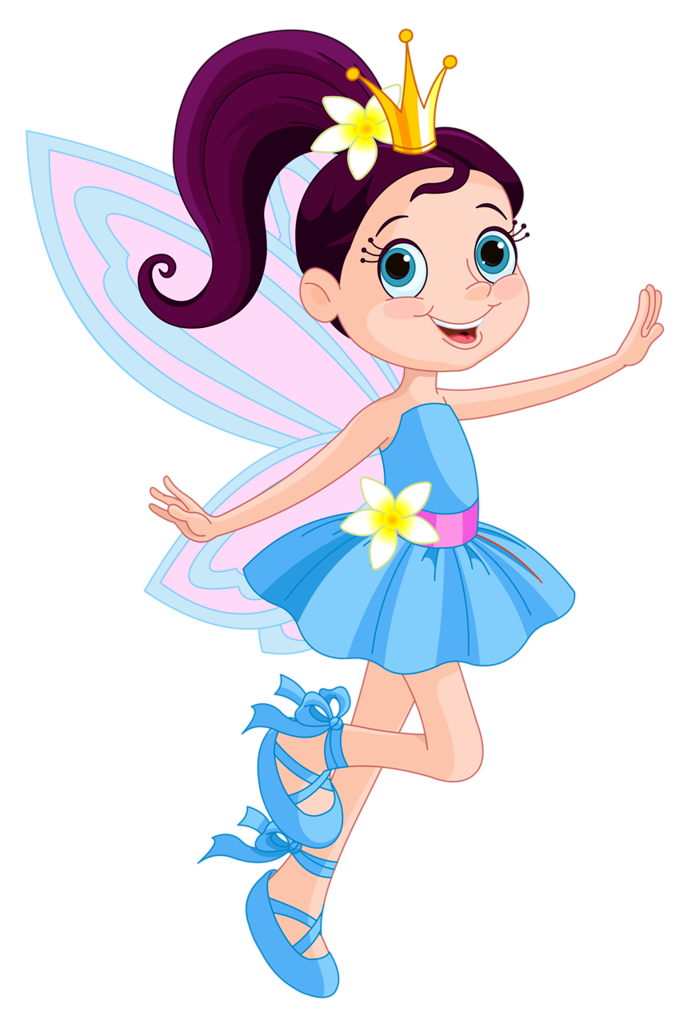 One day, a girl knocked on the gate, who was soaked to the skin, but assured that she was a real princess. She was allowed to sleep, and the old queen gave her a check……
One day, a girl knocked on the gate, who was soaked to the skin, but assured that she was a real princess. She was allowed to sleep, and the old queen gave her a check…… -
27 - Fear has big eyes
Russian folk tale
Fear has big eyes - a short fairy tale about the fact that from fear you can see what was not really ... (from the collection of M.M. Serova) Fear eyes are big to read Once upon a time there was an old grandmother, a laughing granddaughter, a hen-klohtushka and a mouse-leaf. Each ...
-
28 - Sister Alyonushka and brother Ivanushka
Russian folk tale
Sister Alyonushka and brother Ivanushka is a fairy tale about how the younger brother disobeyed his sister, got drunk from a hoof and turned into a goat ... Sister Alyonushka and brother Ivanushka ... Sister Alyonushka and brother Ivanushka read Once upon a time there was an old man and an old woman, they had .
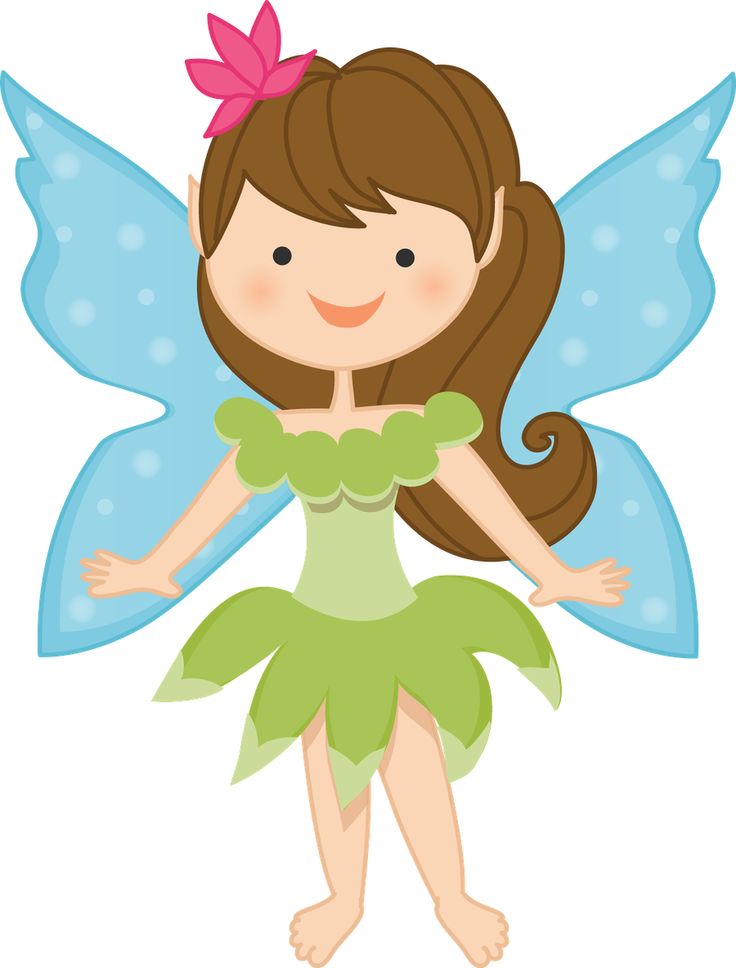 ..
.. -
29 - Sivka Burka
Russian folk tale
Sivka-Burka is a fairy tale about the adventures of Ivan the Fool and his gallant horse. Sivka Burka read The old man had three sons: two smart ones, and the third Ivanushka the Fool; day and night the fool is lying on the stove. The old man sowed wheat, and it grew ... good cat ... Baba Yaga read Once upon a time there was a husband and wife, and they had a daughter. The wife fell ill and died. Grieved, grieved ...
-
31 - Teremok
Russian folk audio tale
Listen to the Russian folk tale "Teremok" online on the Mishkina Books website!
-
32 - Twelve months
Samuil Marshak
Do you know how many months there are in a year? - Twelve. And what are their names? — January, February, March, April, May, June, July, August, September, October, November, December. As soon as one month ends, another immediately begins.
 And…
And… -
33 - The tale of the priest and his worker Balda
Pushkin A.S.
The tale of the stingy priest and resourceful worker Balda. Somehow Balda was hired for the service for three clicks on the forehead of the priest. When the time of reckoning was approaching, the priest decided to give Balda an impossible task in order to get rid of him. But Balda…
-
34 - Crocodile Gena and his friends
Uspensky E.N.
Tale of a lonely crocodile Gena. Coming home from work from the zoo, he was left alone and bored. Crocodile Gena decided to make friends with someone. He wrote an ad that he was looking for friends, hung them around the city and ...
-
35 - Little Humpbacked Horse
Ershov P.
An old man lived in a village and had three sons. They grew wheat and sold it in the market. But then someone got into the habit of trampling wheat in the field at night .
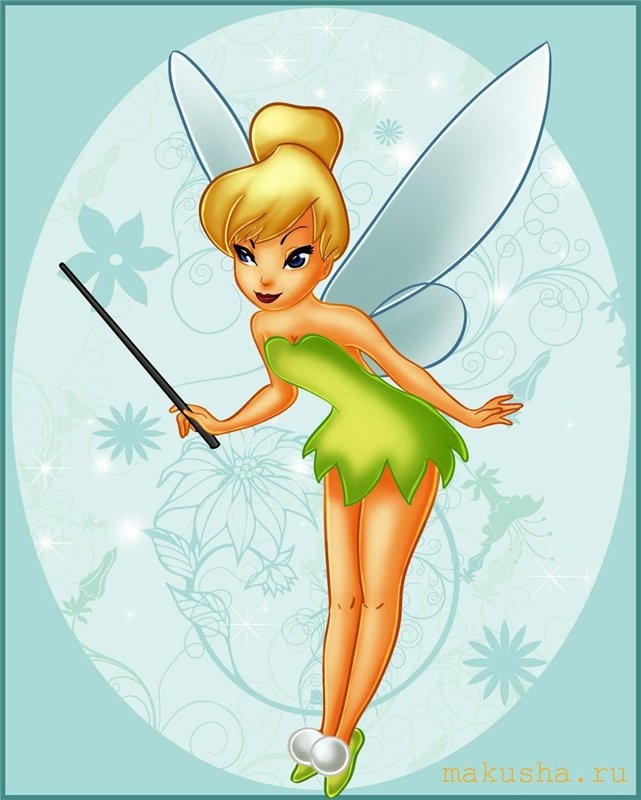 .. Table of contents: ♦ Part one. It begins…
.. Table of contents: ♦ Part one. It begins… -
36 - Alice in Wonderland
Carroll L.
A fascinating story about a girl Alice who met a talking White Rabbit and ended up in amazing worlds where she met very unusual characters… Chapter 1. Down Alice's rabbit hole tired of sitting with my sister doing nothing on the shore ...
-
37 - The Little Prince
Antoine de Saint-Exupery
A fairy tale about how a pilot, who remained a child at heart, met the Little Prince in the desert, who arrived from another planet. Dedication I ask the children to forgive me for dedicating this book to an adult. I’ll justify it: this one…
10 interesting facts about fairies that you didn’t know
“…I would be friends with fairies.
I would live my life
Among these cute fairies,
In the field where the sage blossoms.
(R.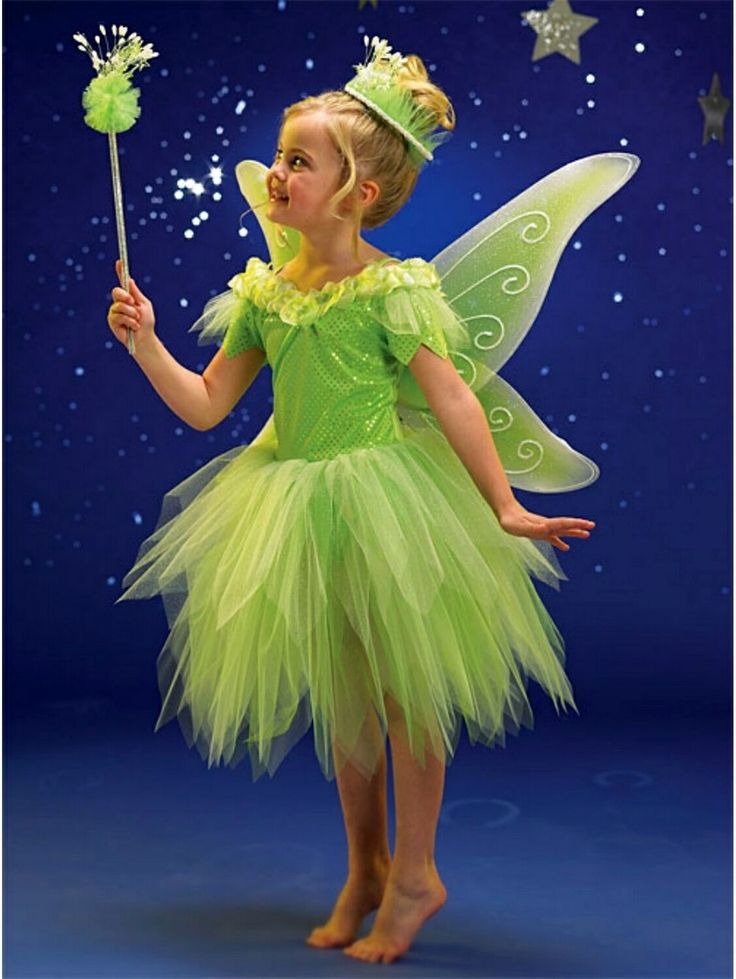 L. Stevenson, trans. M. Lukashkina)
L. Stevenson, trans. M. Lukashkina)
Fairies are one of the most popular fairy-tale creatures. The light-winged image of small creatures can be traced in the legends of most peoples. It seems that you know everything about them - they fly, they play pranks, they are tiny, they are friends with nature, they hide from people.
5 REASONS GIRLS LOVE FAIRIES SO MUCH
But is that all? Here are 10 interesting and not-so-known facts about fairies that may surprise you. And a little lover of fairies - and even more so!
Fact #1: Fairies love all things sparkly
From luxurious jewelry to Christmas tree decorations, fairies simply love all things sparkly and are easily distracted by a variety of sparkling objects. And some fairies themselves sparkle like jewels!
Fact #2: Fairies love music and dancing
More than anything, fairies love to sing and dance, and they do it just fine.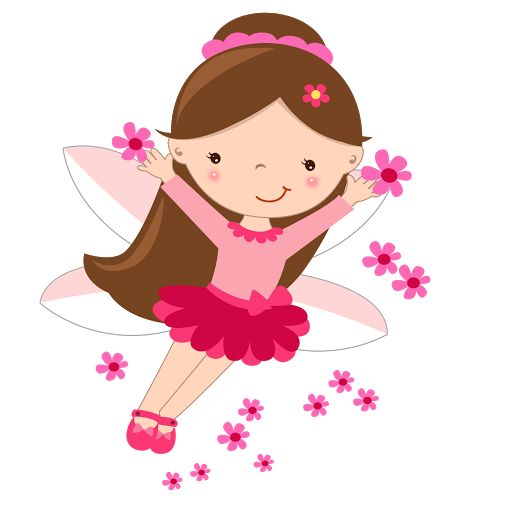 But people should not listen to this enchanting music and indulge in magical dances: it will captivate and whirl so much that it will be simply impossible to stop.
But people should not listen to this enchanting music and indulge in magical dances: it will captivate and whirl so much that it will be simply impossible to stop.
Fact #3: Fairies are afraid of iron
Most fairies, and many other magical creatures, are afraid of anything made of iron. And they are not just afraid, but cannot touch metal objects without pain. So, if in your presence someone hisses from touching the iron, you should know that this is definitely a fairy in front of you. Or some other magical being.
Fact #4: Fairy eye color can change with the weather
Some fairies have such a strong connection with nature that even their eyes change color depending on what is happening on the street. It's raining? The fairy's eyes will turn bright blue. Is everything covered in snow? Fairy irises will acquire a beautiful green color. And some fairies have real stars in their eyes!
Fact #5: Fairies were photographed
These first photographs of fairies were taken in 1920.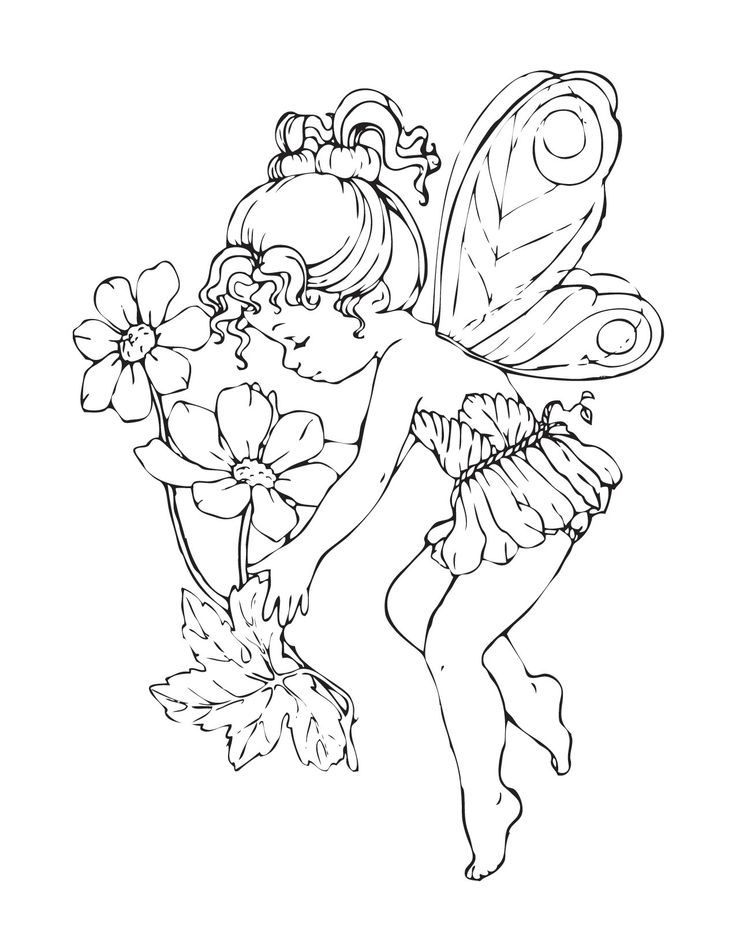 Two English women, Frances Griffiths and Elsie Wright, photographed each other with fairies and caused a controversy that has not subsided to this day. Periodically, the “fakeness” of these photos is again proven, and then refuted again.
Two English women, Frances Griffiths and Elsie Wright, photographed each other with fairies and caused a controversy that has not subsided to this day. Periodically, the “fakeness” of these photos is again proven, and then refuted again.
A few years ago, a Londoner also accidentally photographed a strange creature. So until now, no one has established what it is and who it is. But do we know?
Fact #6: The author of Sherlock Holmes believed in the existence of fairies
And he was not shy about talking about it out loud. In addition to Sir Arthur Conan Doyle, other famous people officially believed in fairies - for example, the respected Air Marshal Lord Dowding. Many specialists in Celtic mythology, for example, Evan Wentz, also wrote about the reality of the existence of fairies. In general, if you believe in fairies, you have a great company!
Fact #7: Fairies are most loved in England
The British Isles are in fact the “homeland” of all kinds of fairies. And photographs, and legends, and news also mostly come from England. Of course, in the legends of other countries, such creatures were encountered, but much less and not with such a degree of importance. But in Britain - the peak.
And photographs, and legends, and news also mostly come from England. Of course, in the legends of other countries, such creatures were encountered, but much less and not with such a degree of importance. But in Britain - the peak.
Fact No. 8: There are a lot of types of fairies
In fact, a pretty image with wings is common, but far from the only one. Fairies can be as tall as a person, and without wings, and ugly, and strange. Small nations also include a variety of brownies, dwarfs and other fabulous creatures that are very far from the well-established cute image. And they are all fairies.
Fact #9: Fairies can be very dangerous
In legend, there are stories about how someone was hurt because of the fairies - lost property, was kidnapped or died. In general, stealing babies was a common thing among fairies: this is how they replenished their family, throwing “changelings” to people.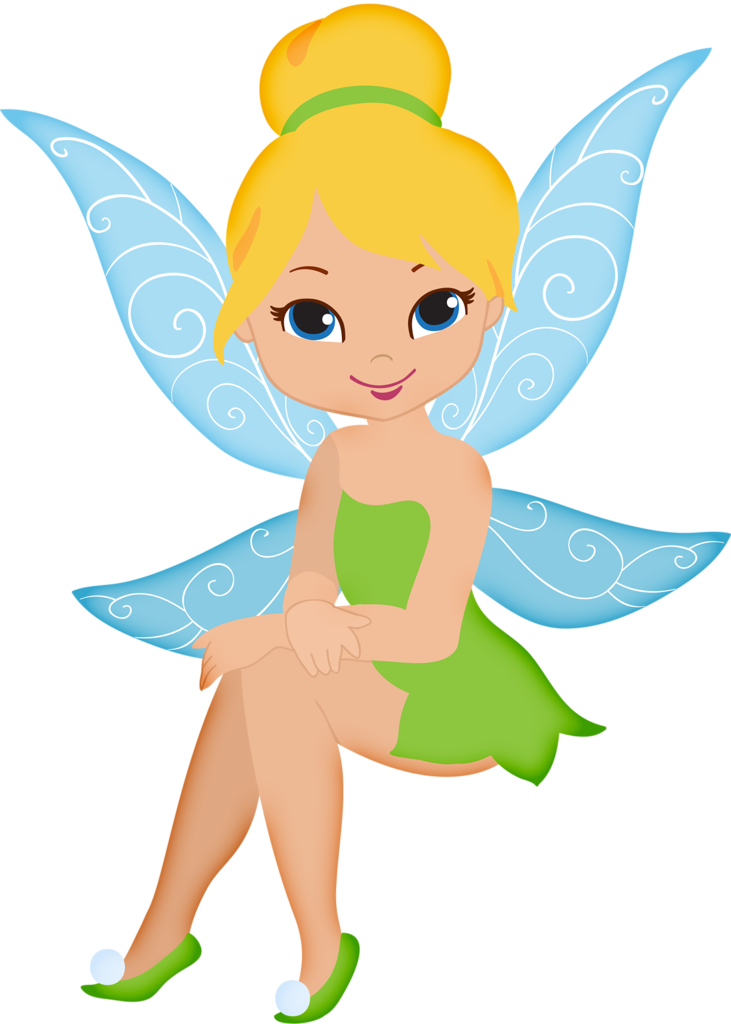 In general, pissing off the fairies is a very, very bad idea. Maleficent, by the way, is also a fairy. But most of these creatures are still kind and bright!
In general, pissing off the fairies is a very, very bad idea. Maleficent, by the way, is also a fairy. But most of these creatures are still kind and bright!
All episodes of “Forest Fei Glyimmiz” online
FACTIC No. 10: there is “Din-Din effect”
In the theatrical productions of “Peter Pan” the audience was often asked to clap, saving saving Fairy Tinker Bell from death by the power of her faith. This phenomenon was given the name "Tinker Bell Effect" - when something exists, as long as it is believed. Have you watched the cartoon "Dreamkeepers"? There, the plot is built on this.
There is also the "Reverse Tinker Bell" effect - when the general belief endangers something. For example, if society believes that driving is easy and safe, drivers become less vigilant and the roads become more dangerous.
Believe only in the good! And we remind you that the "Glimmies Forest Fairies" belong to the sweetest and kindest kind of this beautiful people, stand on the protection of the interests of animals and shine in the dark, bringing joy and light to any home.